Photographing Elephants
The elephant is one of Africa's 'Big-5 animals' (Lion, leopard, rhino, buffalo and elephant) and is the largest land animal, weighing up to six tons. Even though they are so large they can move silently, suddenly appearing or vanishing into the thick bush.
They are very social and intelligent animals and live in a well-ordered family of up to 20 animals. This is called a herd and it is made up of females, usually sisters and aunts, the oldest female in the herd is the matriarch and she is the leader of the herd.
When the herd gets too big the herd then splits up but they still remain close and often meet while feeding or at water holes. To me the Elephant has got such a lovely caring nature, just watch them meet and greet each other at a waterhole, it is the most relaxing thing to watch.
They make rumbling sounds from deep within their bodies and the sound is soothing to the soul. They trumpet their greeting to each other and it feels like the earth around you is moving!
Males are larger than the females and leave the herd when they are about 12 to 14 years old, they then join other bulls in the area. Bulls become aggressive during a period called musth and the signs to look out for is when you see the secretions from the gland on the side of the male's head and for the dribble of urine as it walks.
The male's tusks are longer and heavier than that of the females. When you are in the Kruger go to the Elephant Museum in Letaba camp, they have a display of the famous Magnificent Seven Big Tuskers.
Finding Elephants
Elephants are very common in the Kruger Park and Etosha and can be seen on most days in the Pilanesberg. Because elephants love water, keep a look out as you drive along the rivers in the Kruger, but if you are in Etosha, you will find them at the waterholes. In the Pilanesberg you may find them on the side of the hills or around the dams.
Signs to look for while driving is big piles of dung on the road with freshly broken branches - this is a sure sign that Elephants are in the area. You may even see an uprooted or pushed-over tree.
Look out for river crossings, this is when a herd of Elephants cross the river with their young holding tails in trunk and form a long line while crossing the river, it is beautiful to watch and photograph. We have had good sightings from Olifants and Shingwedzi camps. This can happen any time of day so keep an eye out for herds on the river banks.
Looking for Elephant Behaviours
Elephants usually come down to rivers and waterholes between midday and sunset.
They will take a bath or have a long drink, this is when you can get some really good photographs of water coming out of their trunks as they lift their trunks to their mouths to drink.
They will also play around in the water for a while, with a lot of splashing and sometimes spraying water at each other which is very comical to watch and makes for good photography.
Having a sand bath is always great fun and you can get some really lovely shots of Elephants spraying sand over their bodies. They spray their ears and over their backs and as the sand and dust flies through the air you can get some good photographs with loads of atmosphere.
Elephants eat grass, reeds, shrubs, trees, bark and they will even dig up roots, but the best to look for is when they are reaching up into high trees to get the leaves off a branch. They will sometime lift off their front legs to reach the leaves and this is when you can get some lovely photos.
When males reach sexual maturity there is a lot of fighting with a lot of shoving and pushing of each other.
You will be able to get some good action shots but please remember these animals are large and can damage your vehicle and injure the occupants, so I suggest you keep a safe distance and use a long lens.
In the following images, captured by Armand Grobler in the Pilanesberg, the elephant isn't being aggressive - he is simply scratching his itch...!
We have had many encounters with these guys and it is no fun being chased or charged by a six-ton giant! We stopped to photograph two male Elephants fighting on a riverbank near Shingwedzi camp - we turned off the car and started to photograph them when suddenly they stopped, looked at us and both came charging for us. We got out of there very quickly with no photos to show!
We have also been stuck between two Elephants near Letaba camp, one in front of our car and one behind us walking towards each other and us! We had to pull off into the Mopani veld to avoid being sandwiched between the two.
As the one elephant walked past us it stopped and looked as if to say, 'I know you're there. We have had many encounters with Elephant but as long as you keep your distance, don't make a noise and give them space you will be alright.
Interaction between herd members and other species is another good photo opportunity as elephants can be cheeky or aggressive.
Mating Elephants can also make great photographs. We have only ever seen this happen twice in the Kruger and both times the elephants were submerged in a dam.
Males reach sexual maturity at 12 to 14 years and a female at 12 years. The young bulls will mate with the cows and stay with the heard for a short period of time before moving on. The gestation period for a cow Elephant is 22 months then she will give birth to one calf weighing between 100 to 120 kilograms and the calf will suckle for about 3 years.
We just love Baby Elephants and the things they get up to and the caring family's interacting with the babies is great to watch and photograph.
Watch the babies at the waterholes and rivers as they like to explore the water with their trunks and often slap them around on the water making loads of splashes and noise, which is ideal for action shots.
Other behaviors to look out for are touching each other when greeting, digging for water in dry river beds, flapping of ears when they are cooling themselves in the hot summer months, rubbing themselves up against trees or touching the trees.
If you're at the waterholes, dams and rivers try and capture elephant reflections and/or silhouettes...
When Elephants come across bones, especially of other elephants, watch how they react by either staring at them or picking them up and touching them.
Try and photograph the elephant in its surrounds – this is called an ‘Animal-scape’.
Alternatively, if the elephant is close enough, you can try and zoom in and isolate various body parts such as the feet, ears, trunk, tail, tusks, skin or eyes.
Elephants are about a middle-tone gray but can be any color depending on what they have been up to and in which park they reside.
In Etosha they have dust baths with the white sand so they become almost ghost-like, while in the Pilanesberg the dust is a reddish color.
If the elephants have a bath or splash themselves, they turn nearly black so you will need to evaluate your situation and check on your digital camera screen if the photo is under or over exposed and compensate accordingly.
Alternatively, you can fix the exposure in Photoshop but it is better to get the exposure right in-camera and limit your post-processing time.
If the light is very bright and behind the subject then spot-meter off the elephant and you'll then end up with a 'high-key' image where the background is plain white...
The images in this elephant gallery were all captured in the wild in four of Africa's best national parks and game reserves, namely the Kruger National Park, Etosha National Park, the Pilanesberg Game Reserve and Madikwe Game Reserve.
Return from Photographing Elephants to Photo Strategies page
Return from Photographing Elephants to K2K Homepage
To make a safari rental booking in South Africa, Botswana or Namibia click here
"It's 768 pages of the most amazing information. It consists of, well, everything really. Photography info...area info...hidden roads..special places....what they have seen almost road by road. Where to stay just outside the Park...camp information. It takes quite a lot to impress me but I really feel that this book, which was 7 years in the making, is exceptional." - Janey Coetzee, founder of CAROK (Camps and Roads of Kruger) South Africa
"Having a passion for the region itself and having to know about all dynamics, water holes and ideal roads for a period of 6 years - I wish I had this guide on my first trip already!" - Morkel Erasmus, Secunda, South Africa
"Mario and Jenny take you to places that are not always visited, and their descriptions of the more remote camps will allow you to make an informed decision without wasting time and money" - Bob & Sherry Shepardson, DeBary, Florida, USA
"Your time and money are valuable and the information in this book will help you save both." - Don Stilton, Florida, USA
"I highly recommend the book to anyone visiting Etosha National Park to photograph the animals - or anyone considering an African photography safari in the future." - Anne Darling, Cognac, France
"As a photographer and someone who has visited and taken photographs in the Pilanesberg National Park, I can safely say that with the knowledge gained from this eBook, your experiences and photographs will be much more memorable." - Alastair Stewart, BC, Canada
"This work is so much more than an eBook, because it is also a guide, a tutorial, an inspiration and a must-have for anyone interested in wildlife photography" - Findtripinfo.com, USA
Photo Safaris on a Private Vehicle - just You, the guide & the animals!
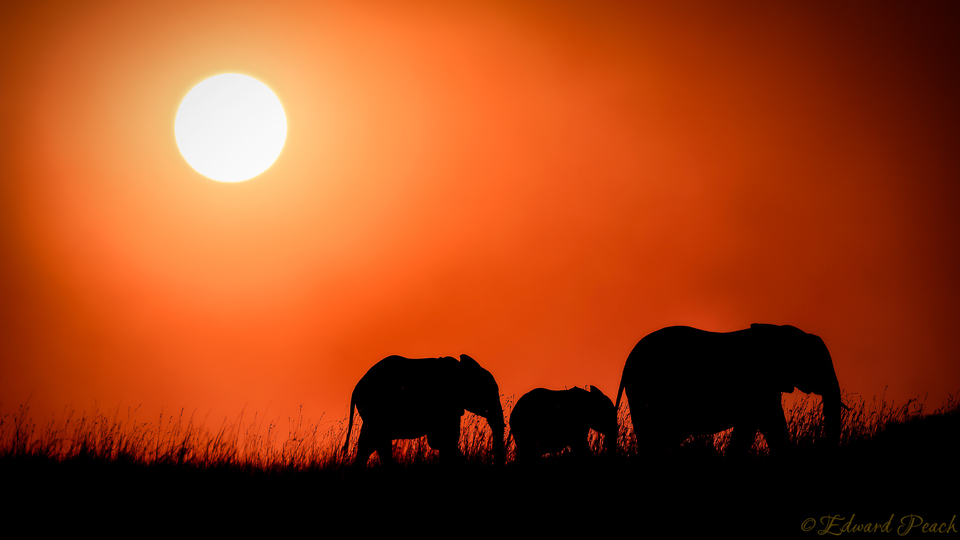
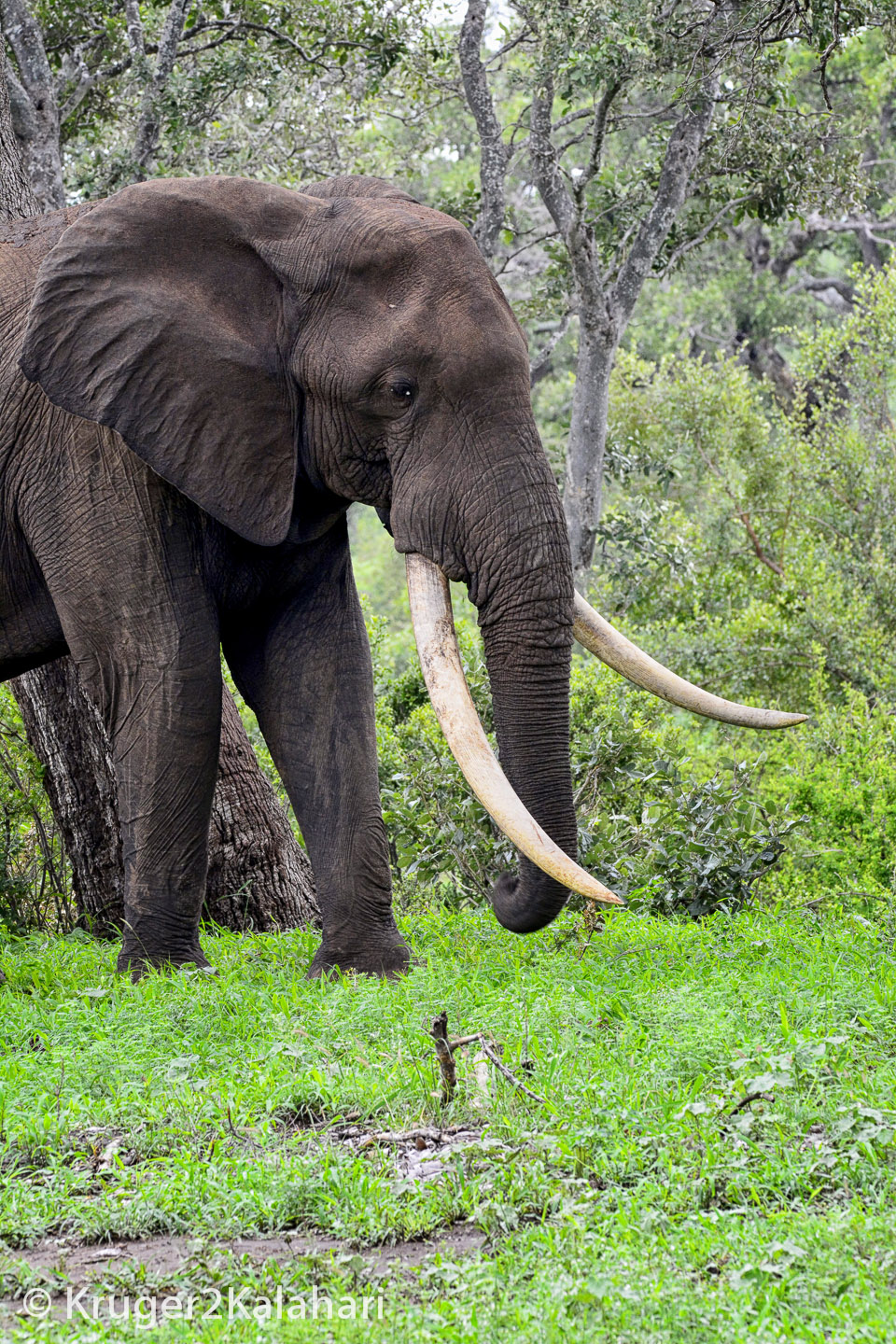
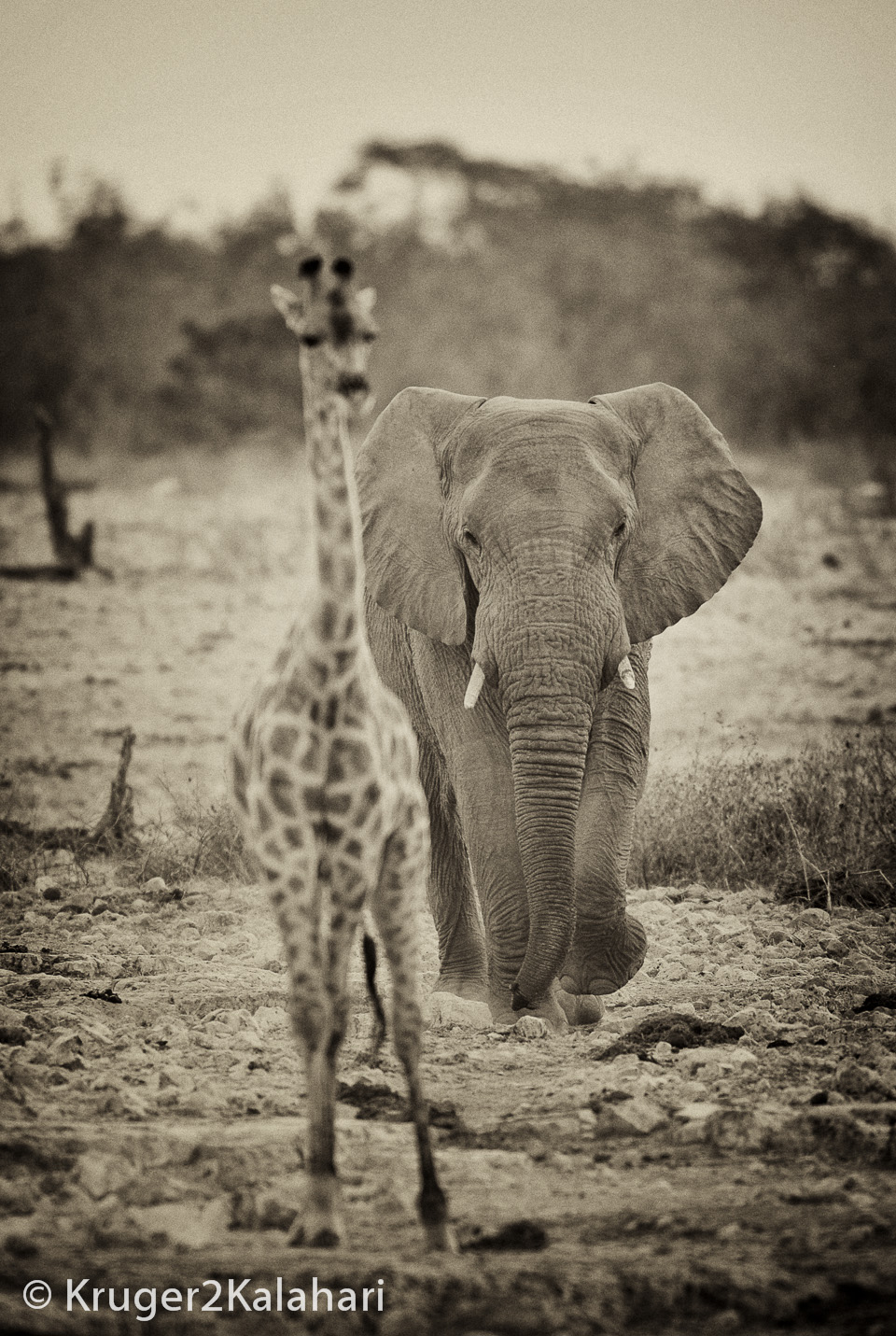
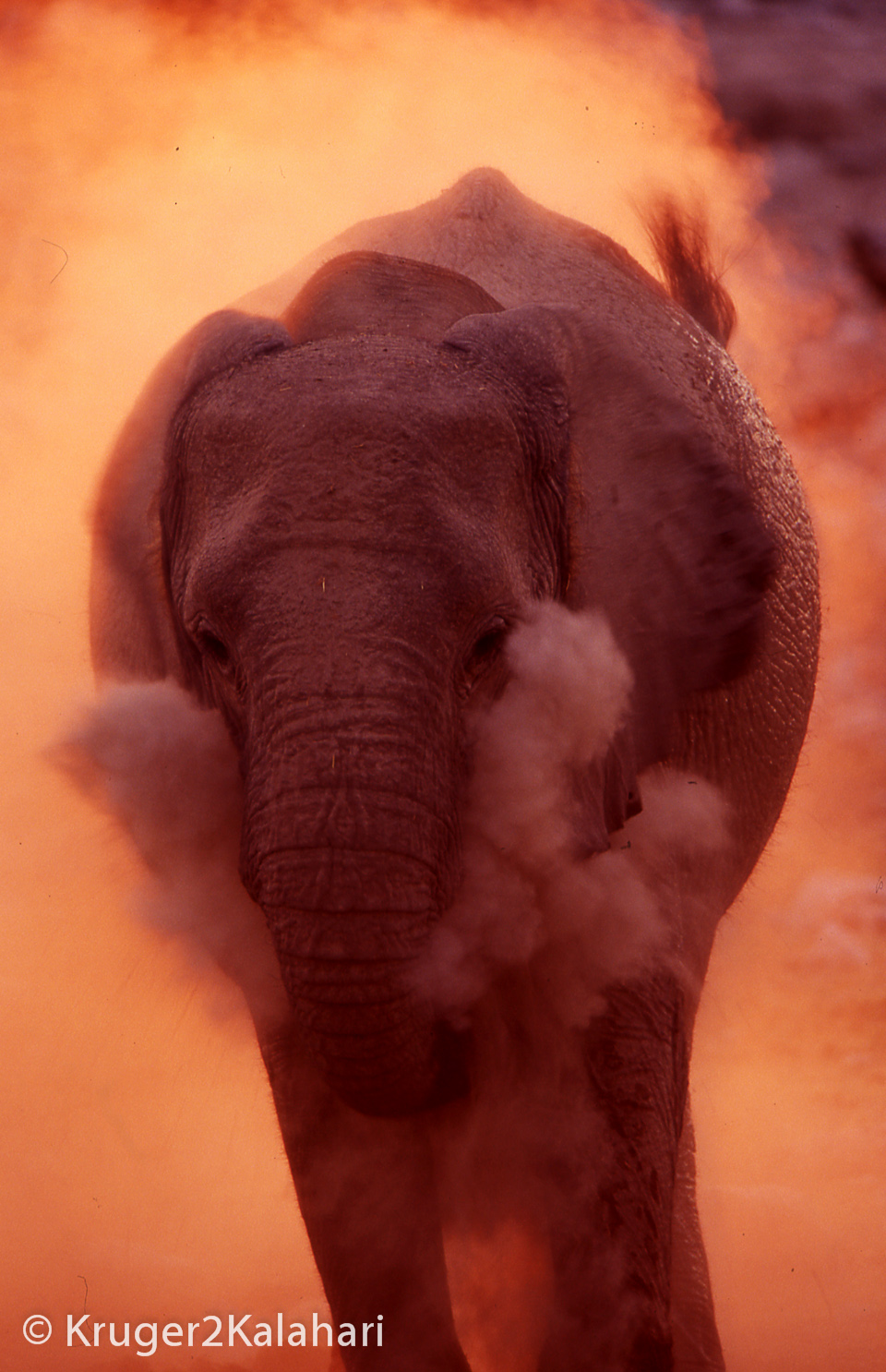
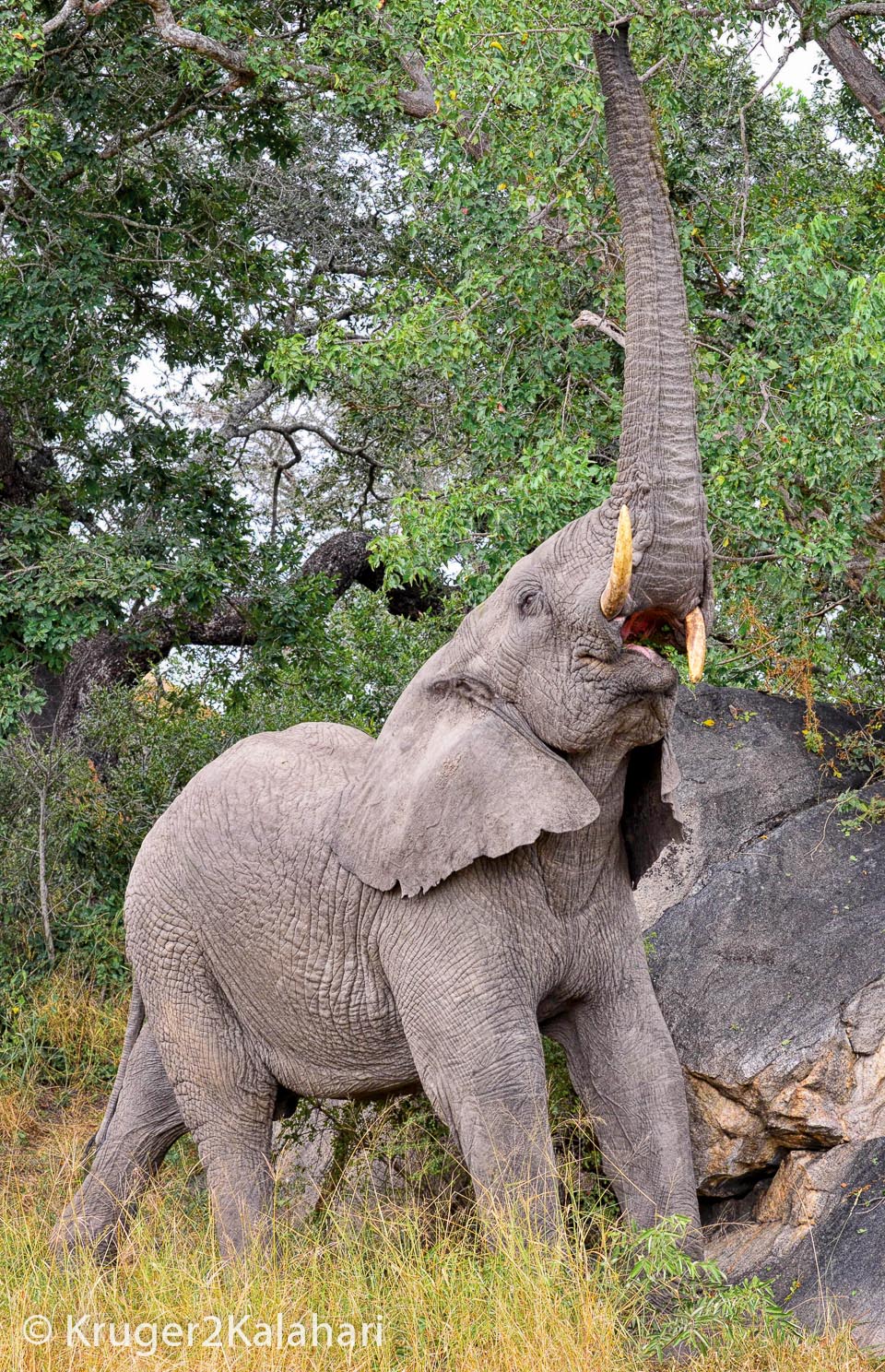
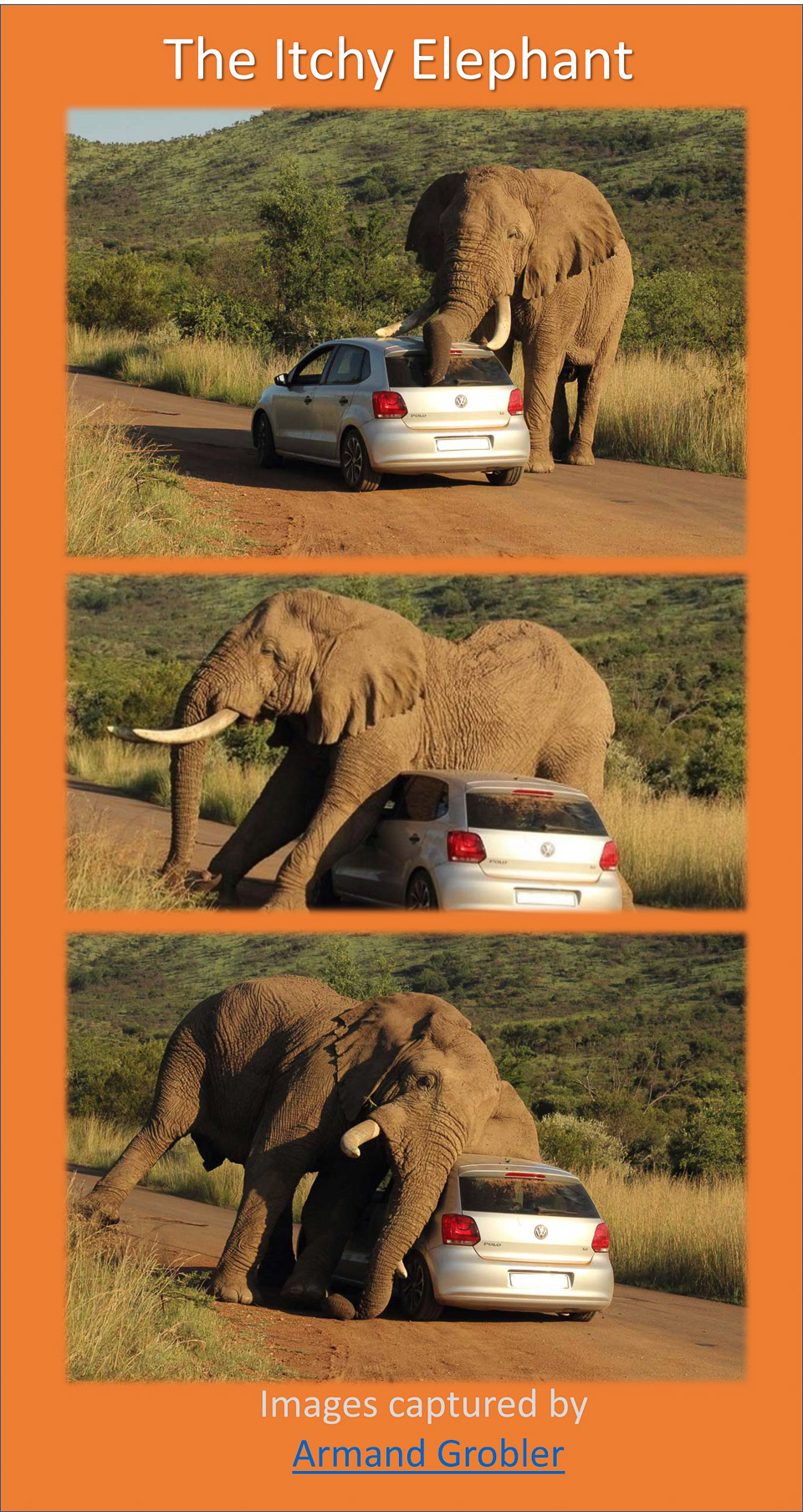
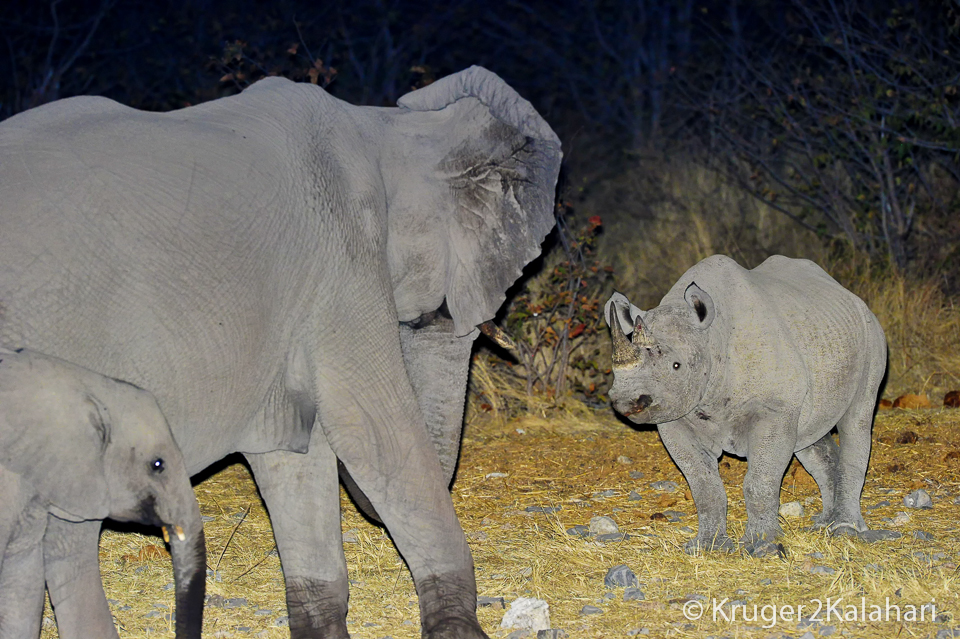
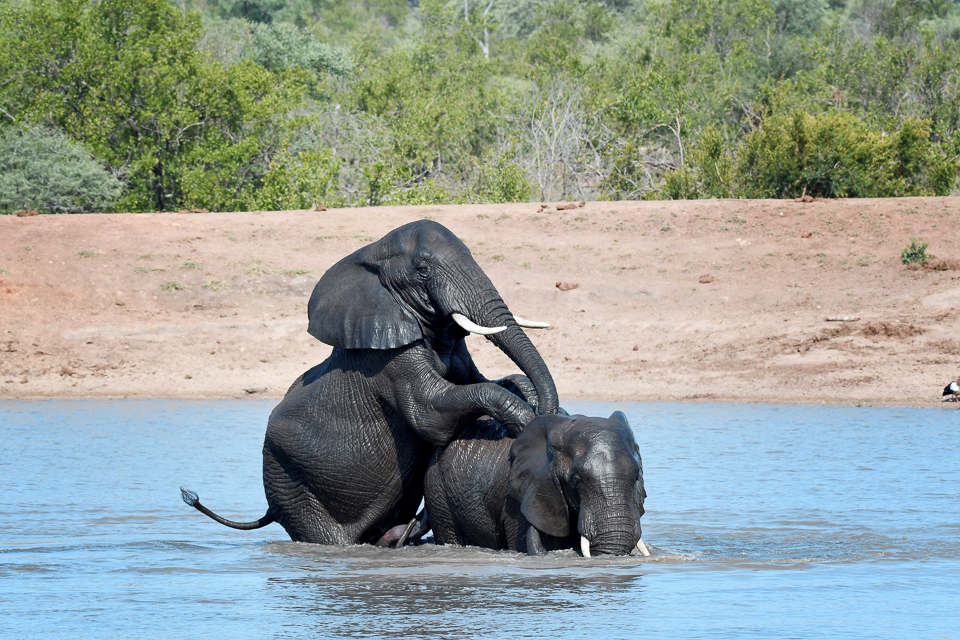
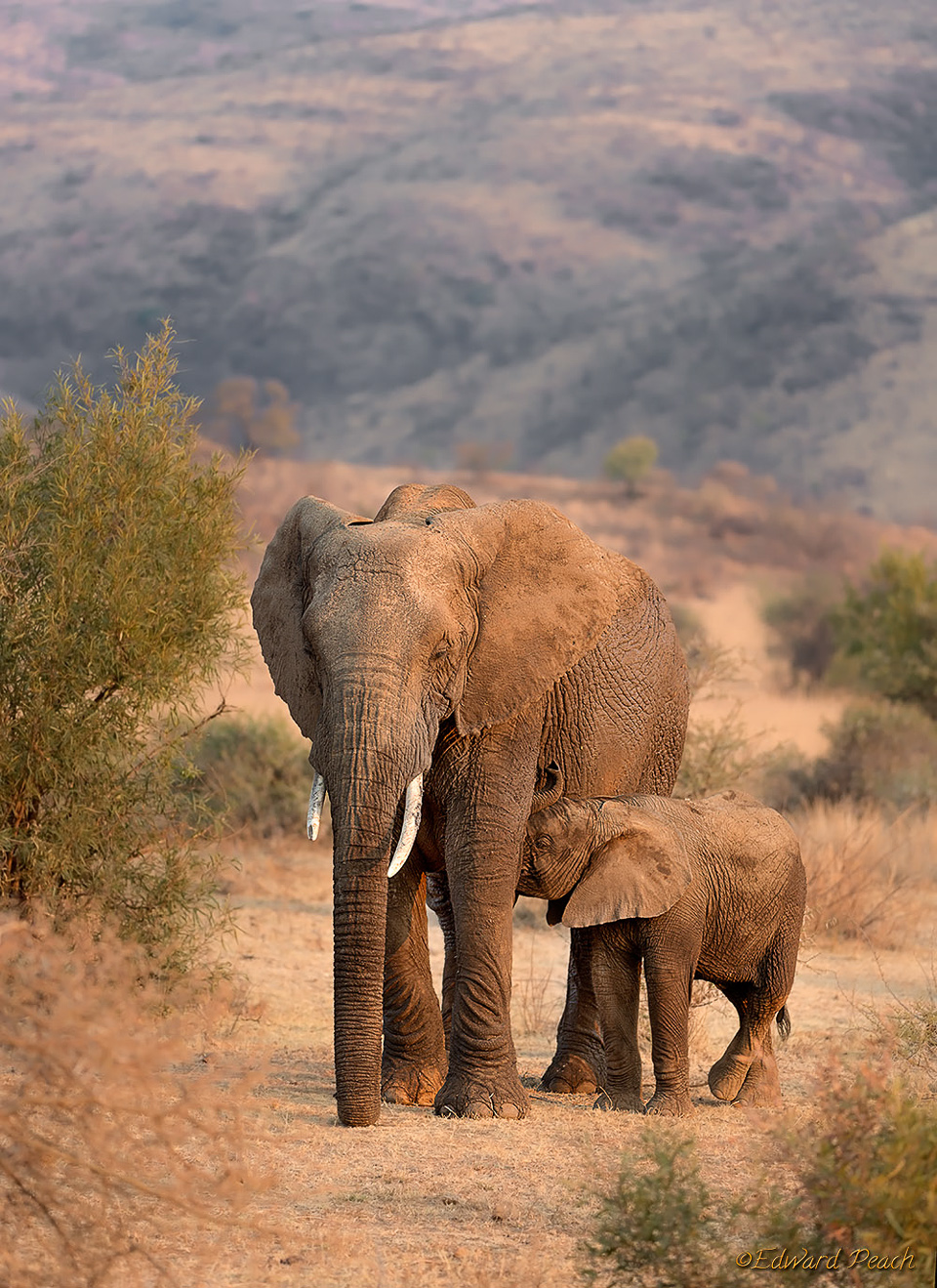
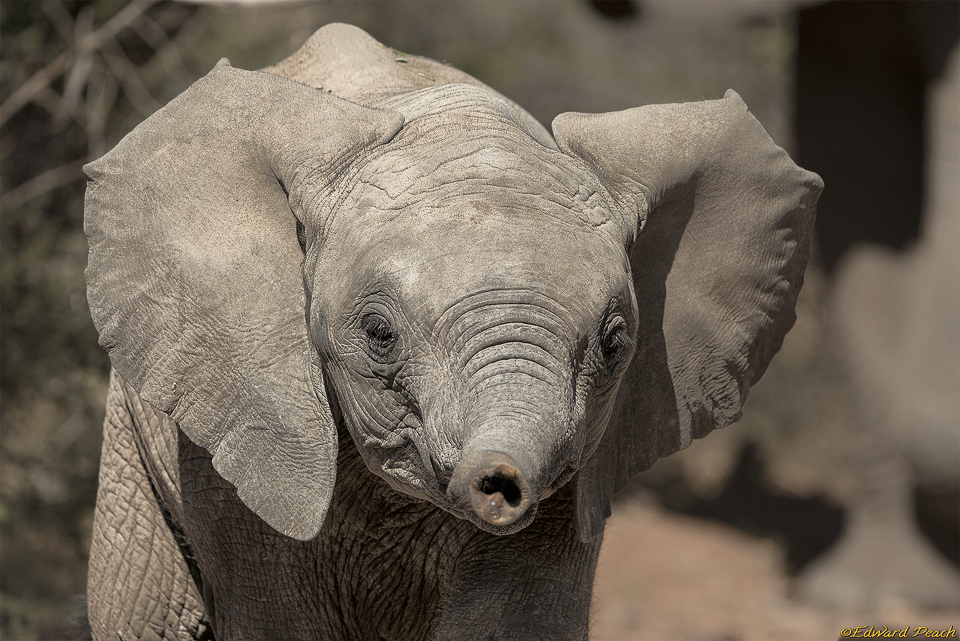
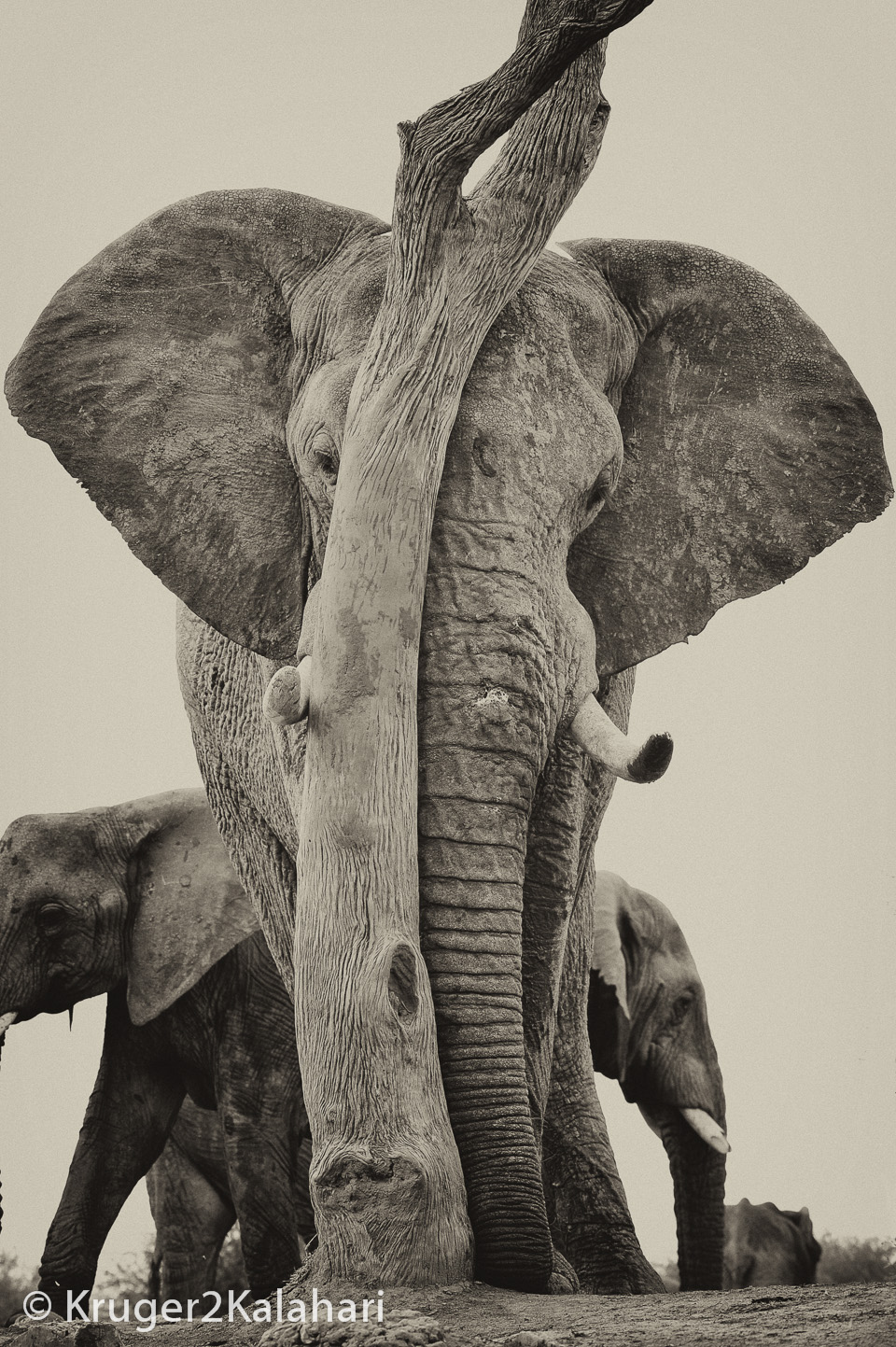
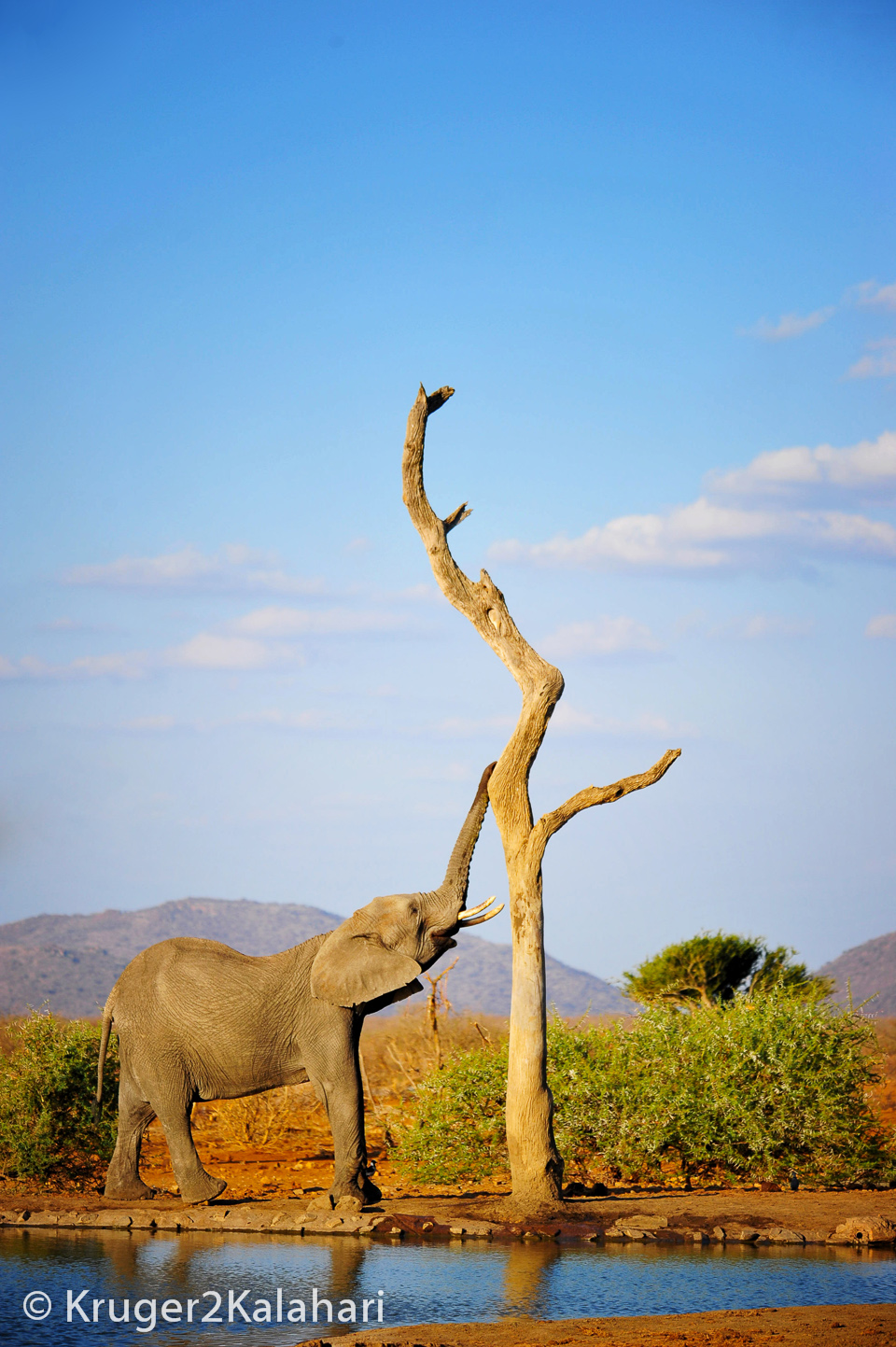
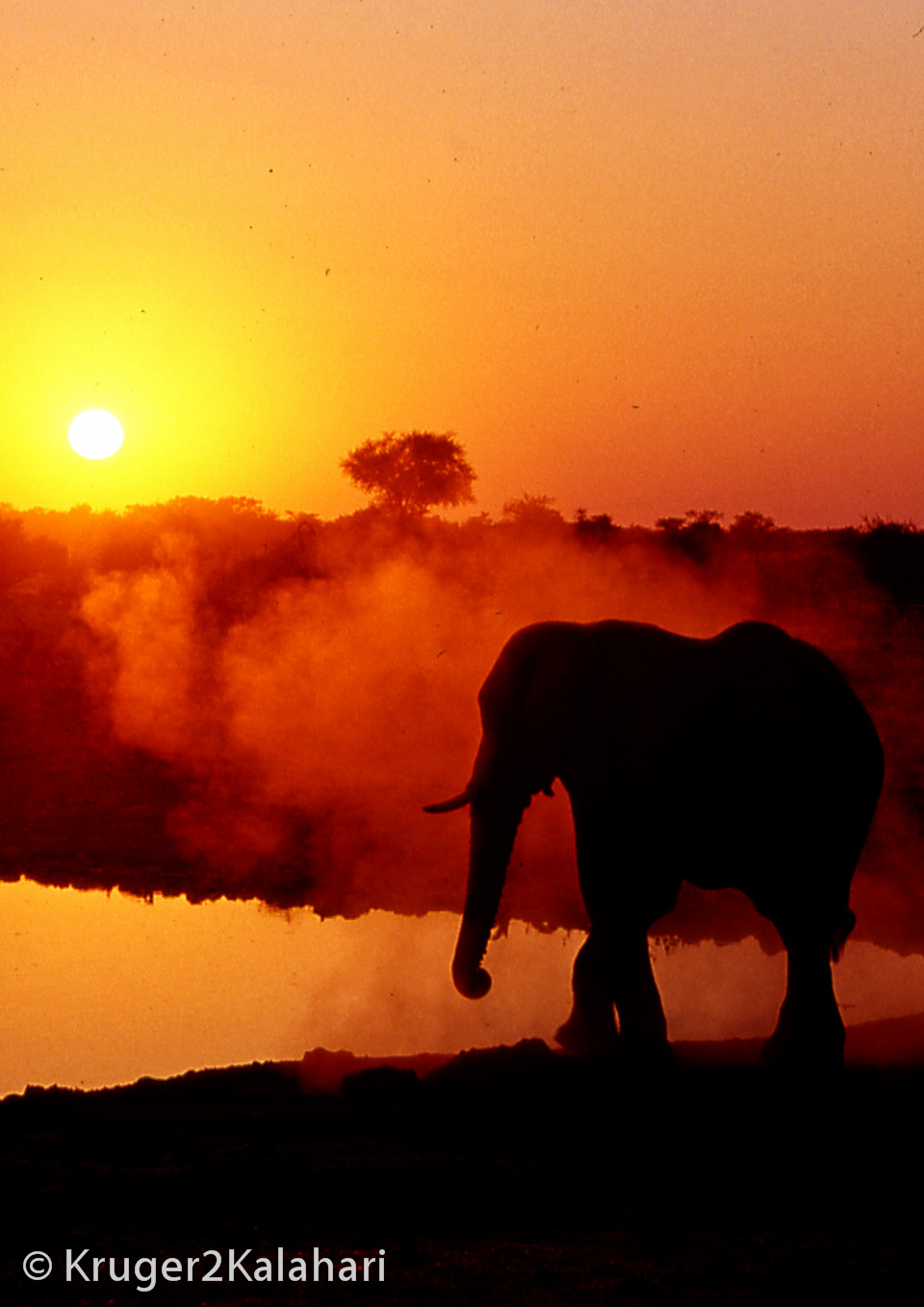
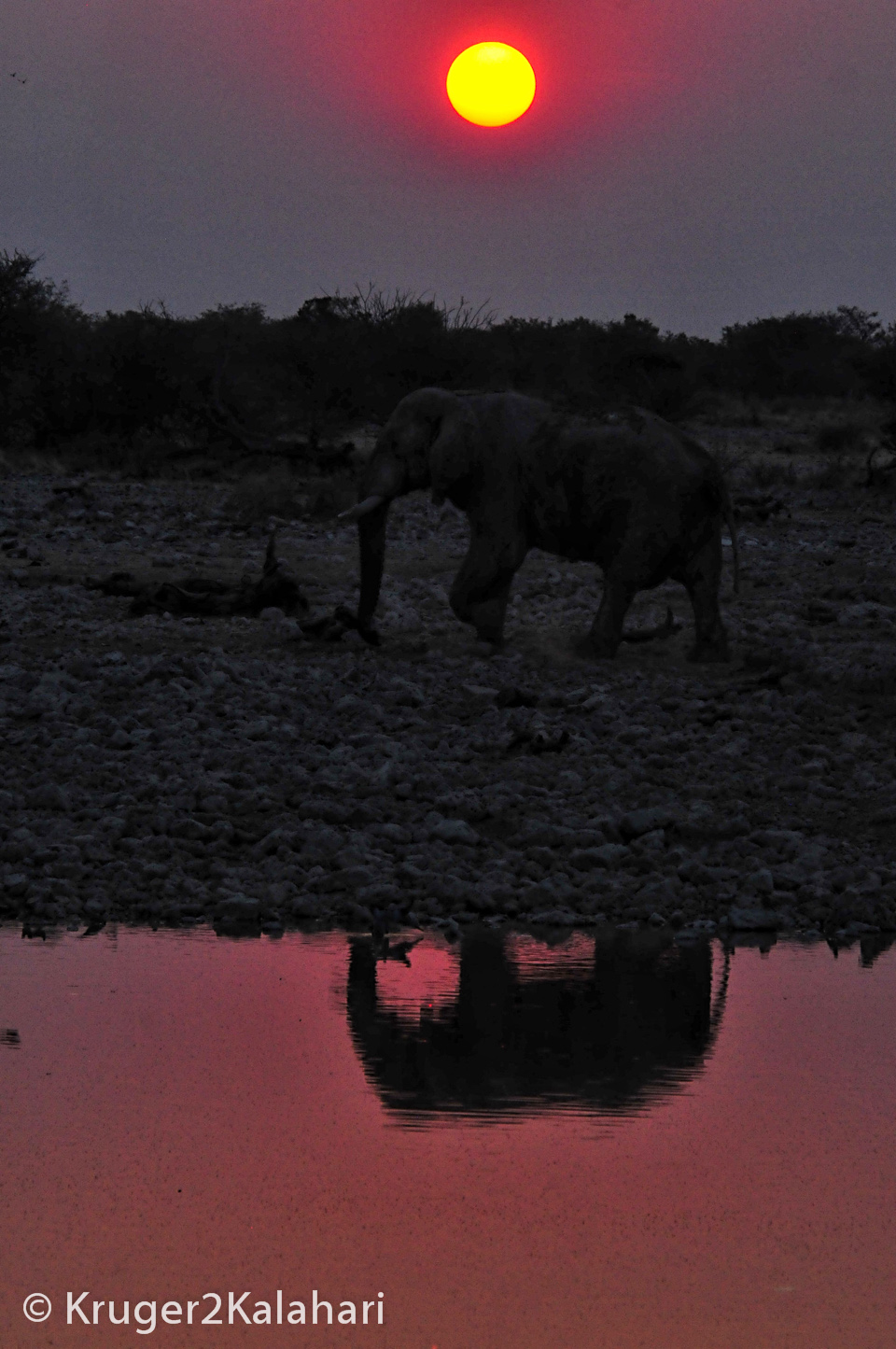
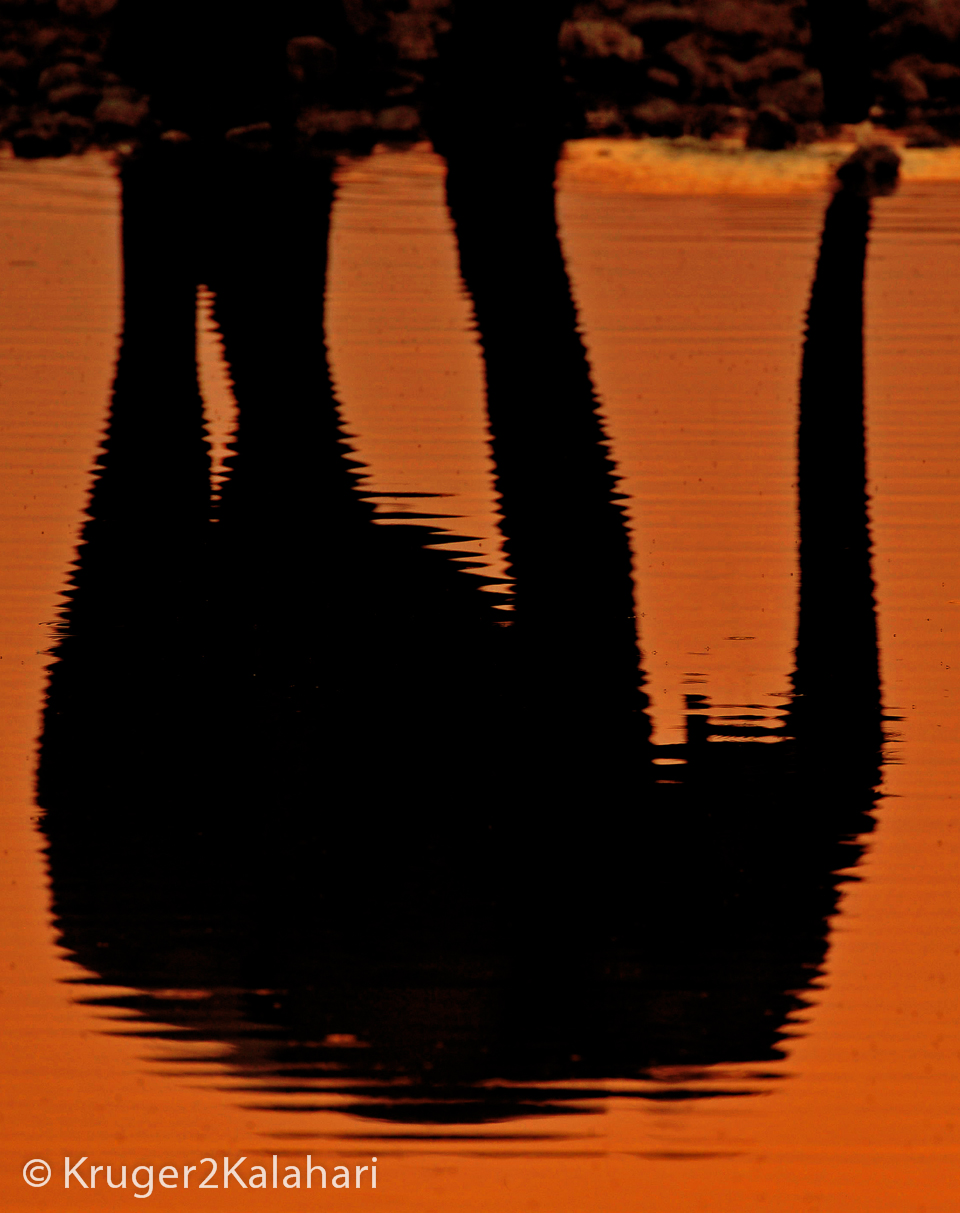
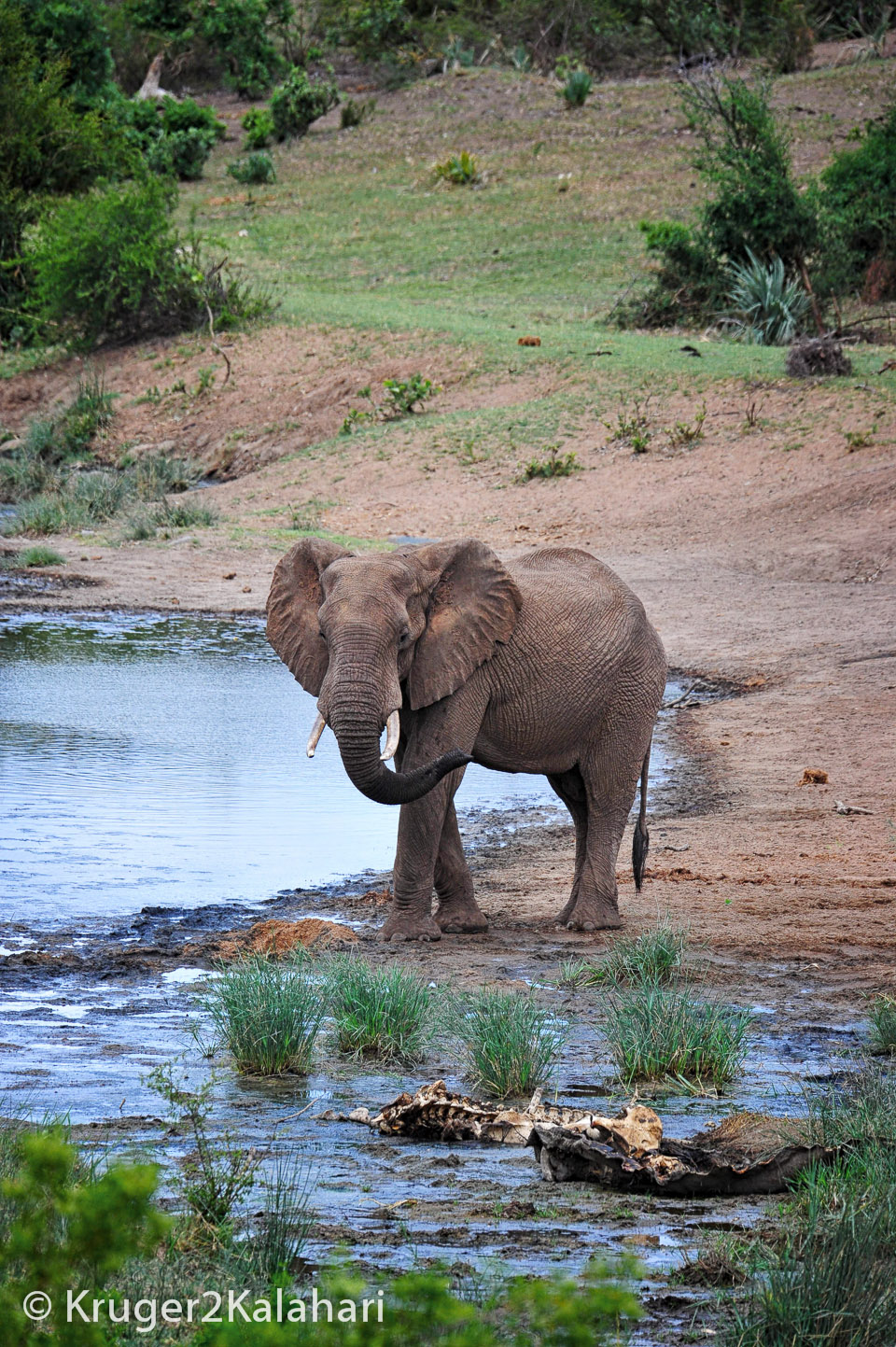
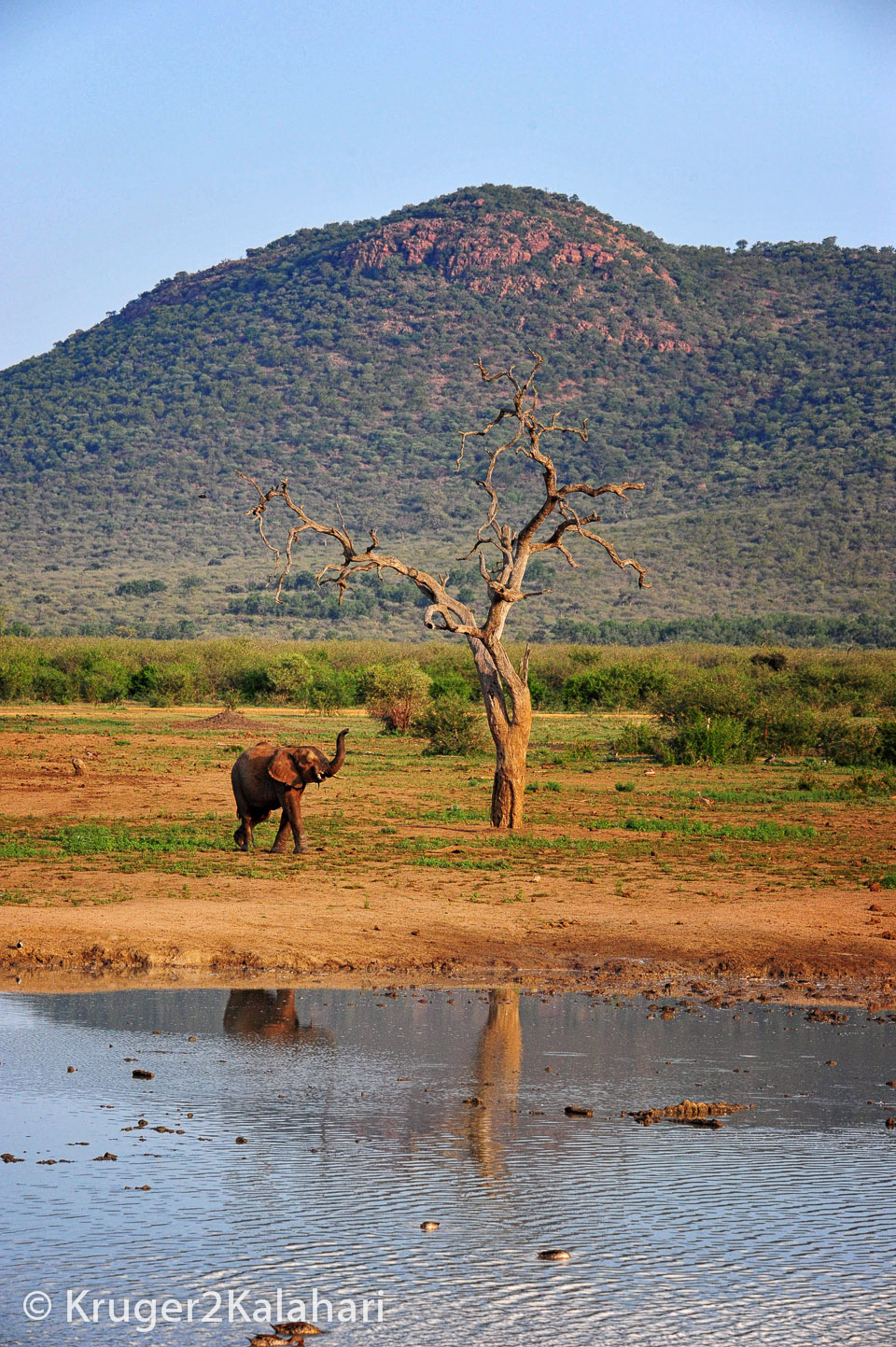
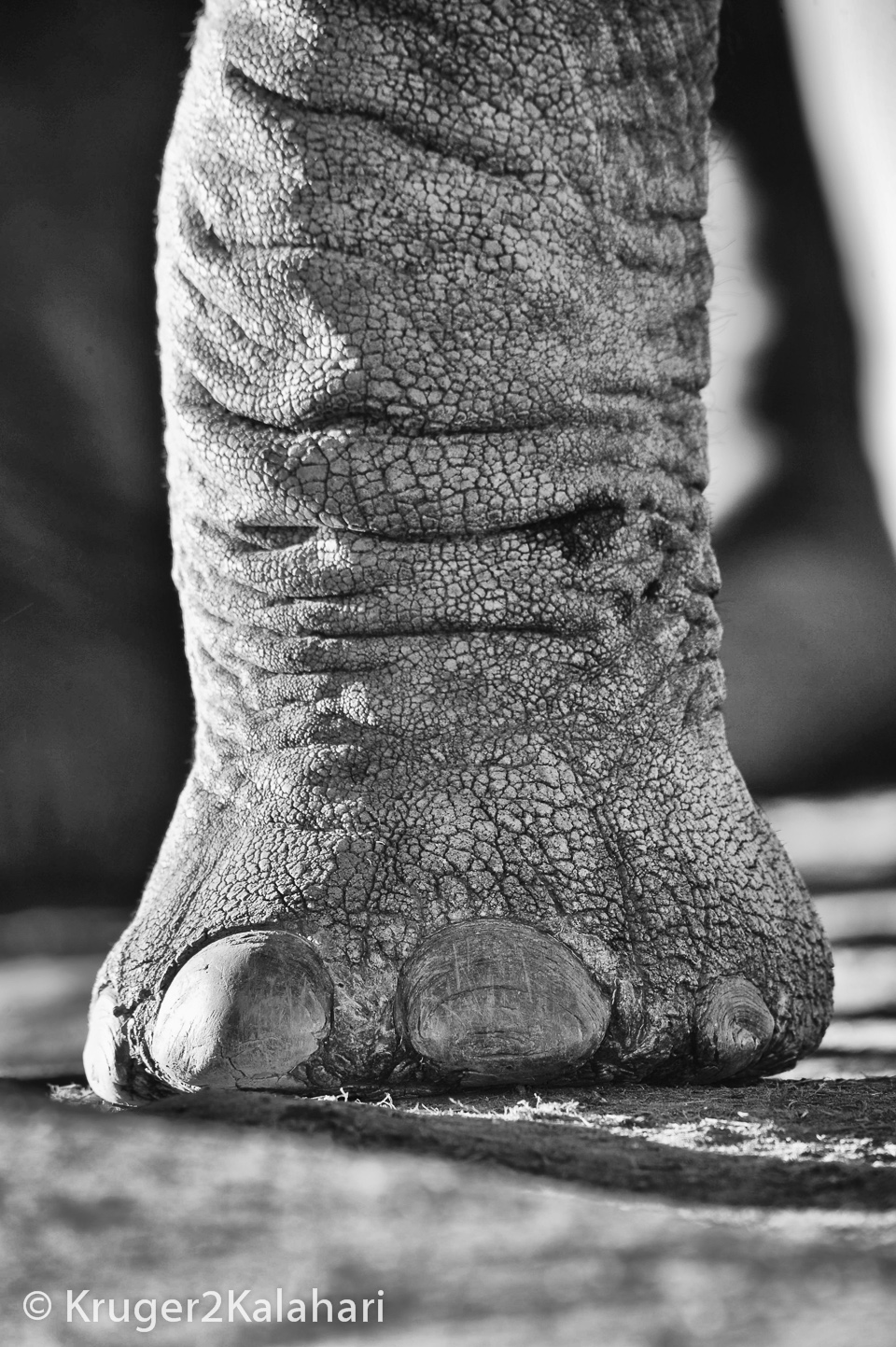
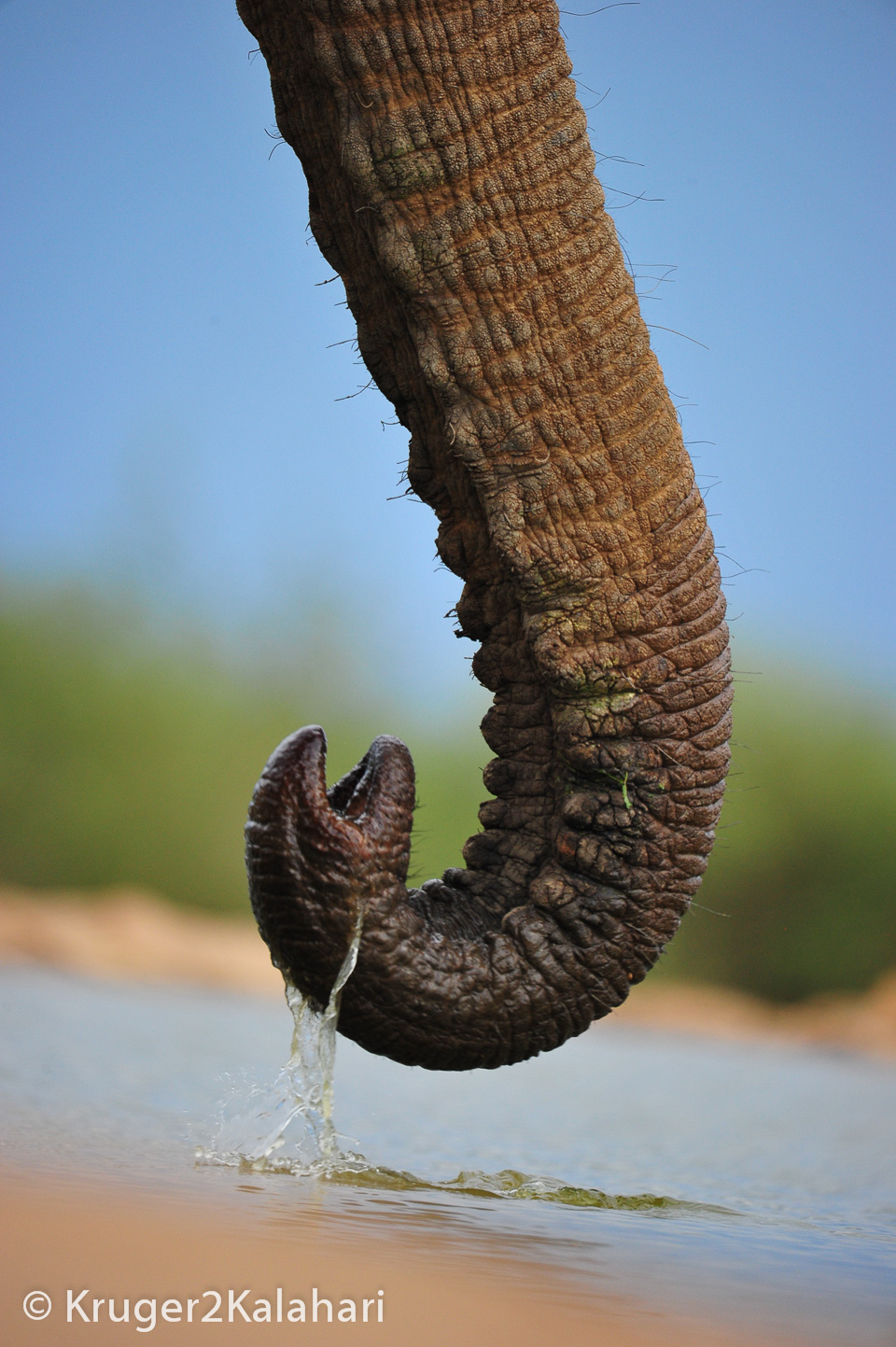
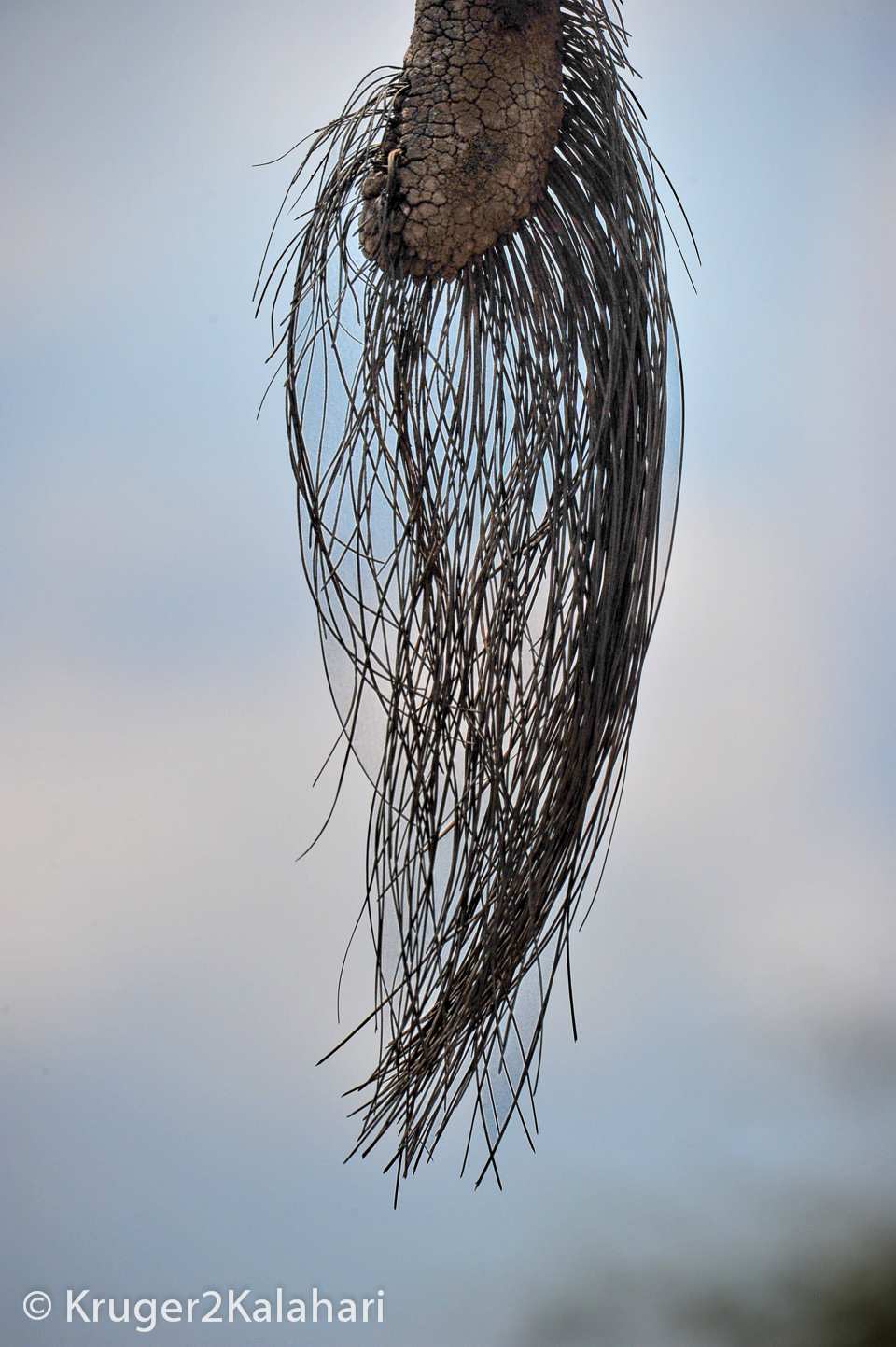
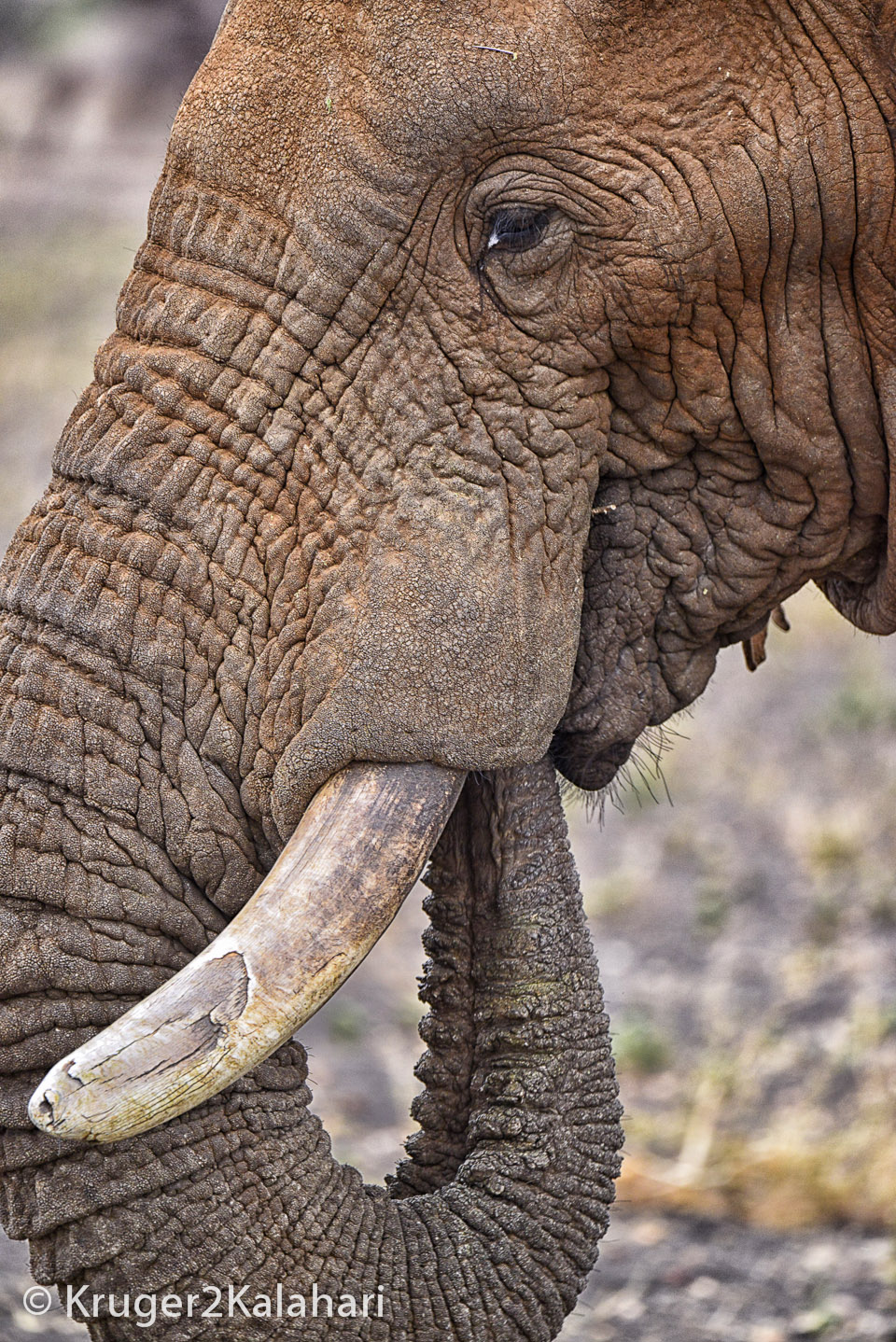
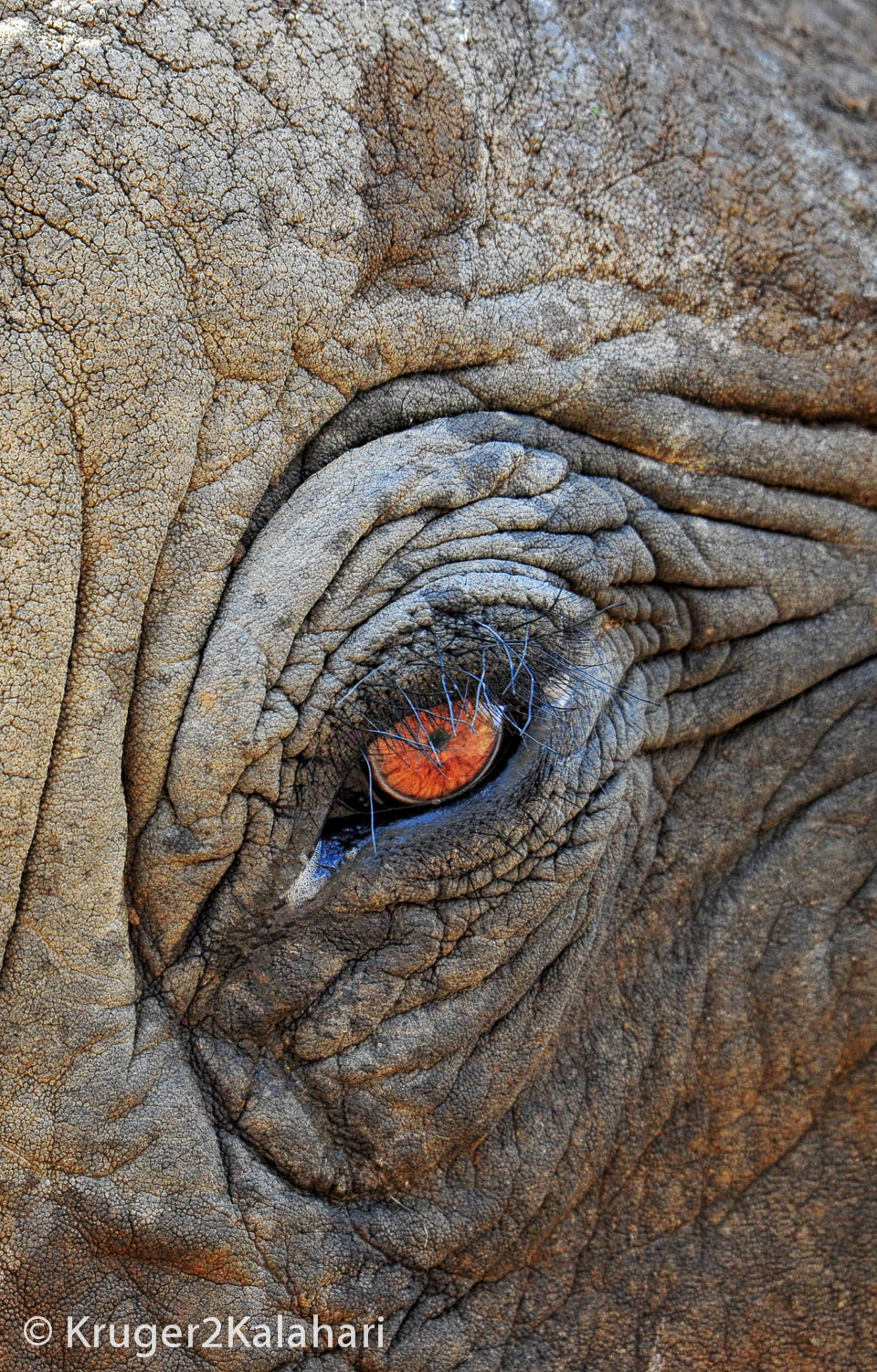
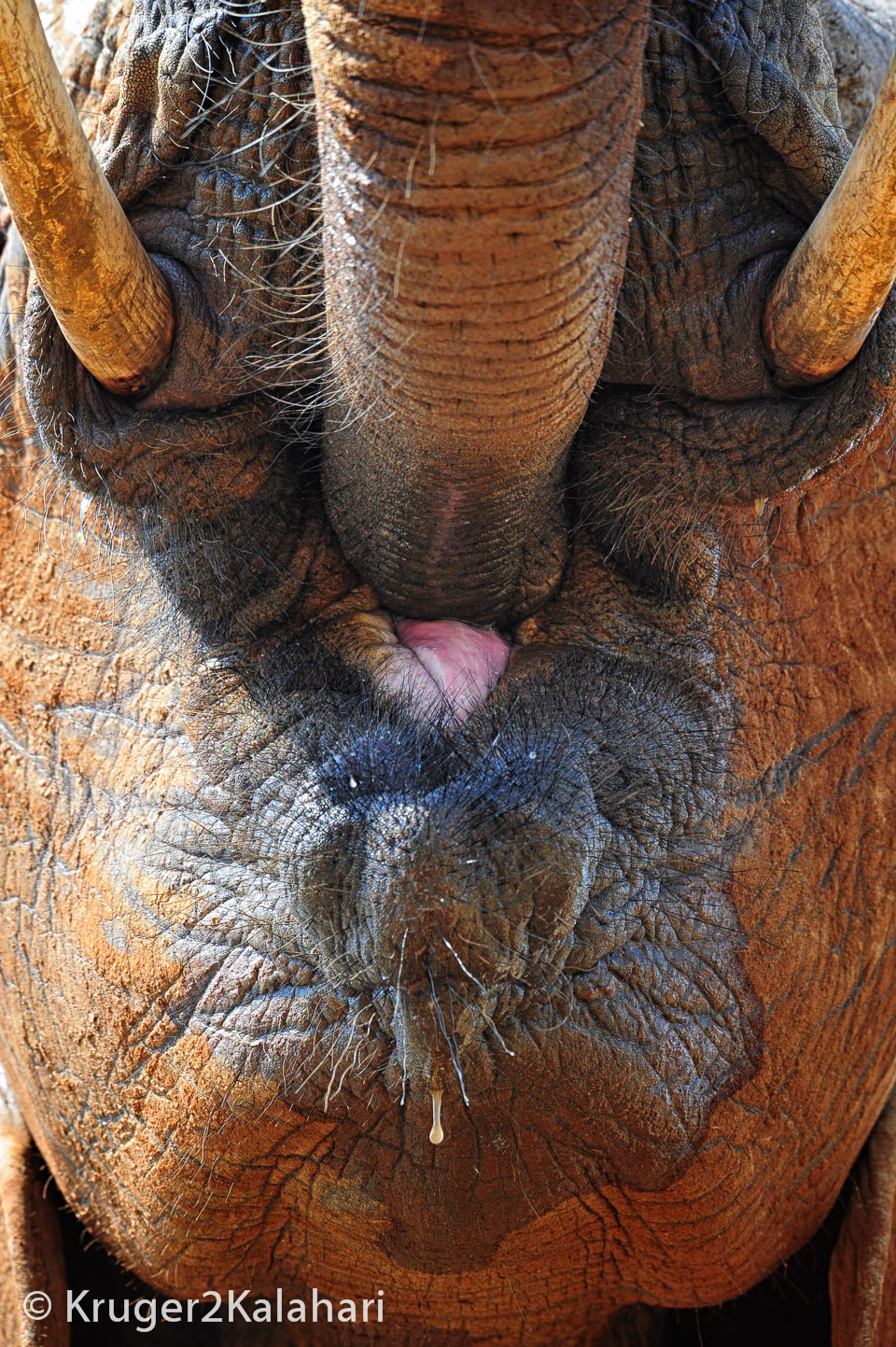
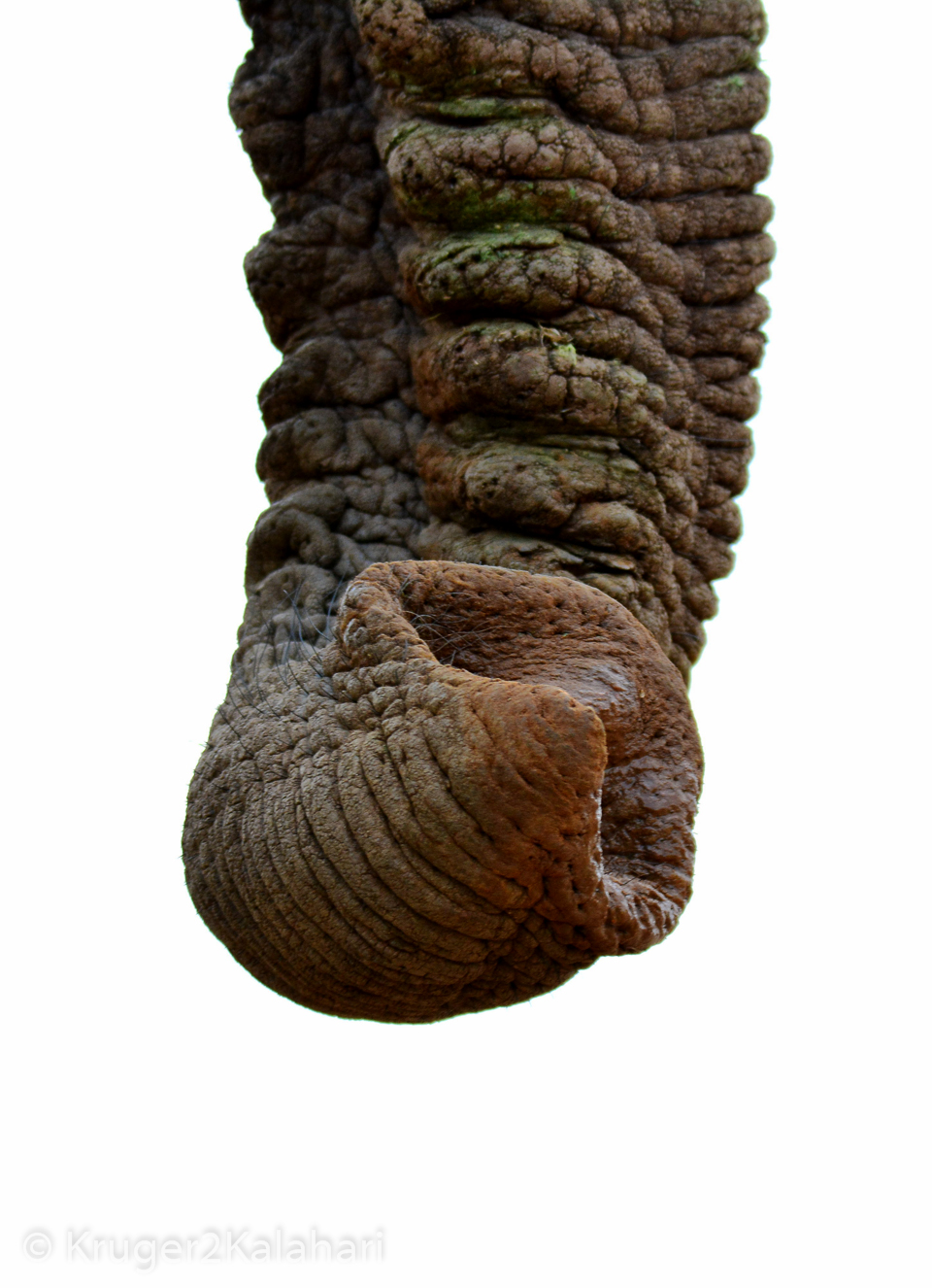
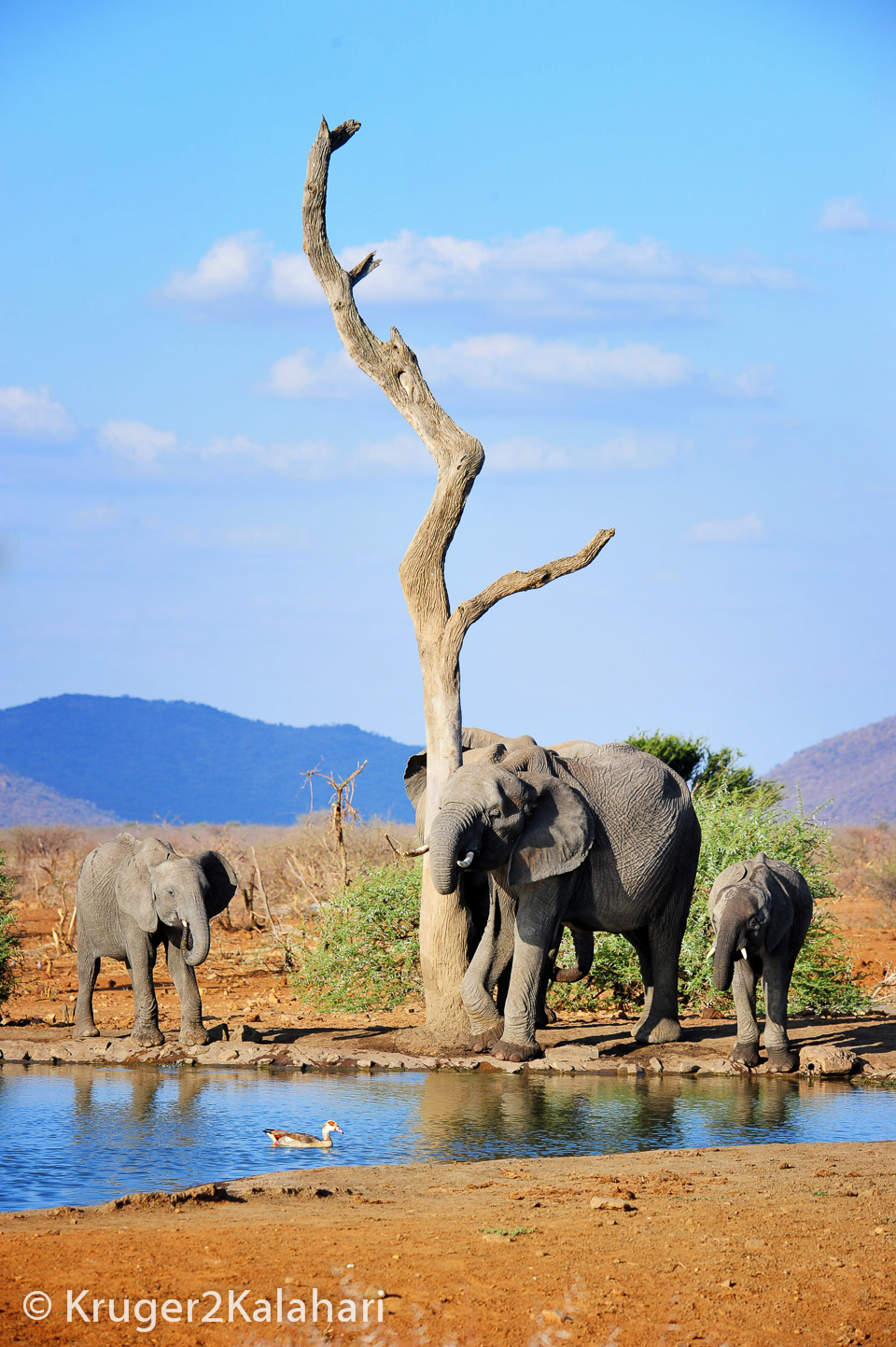
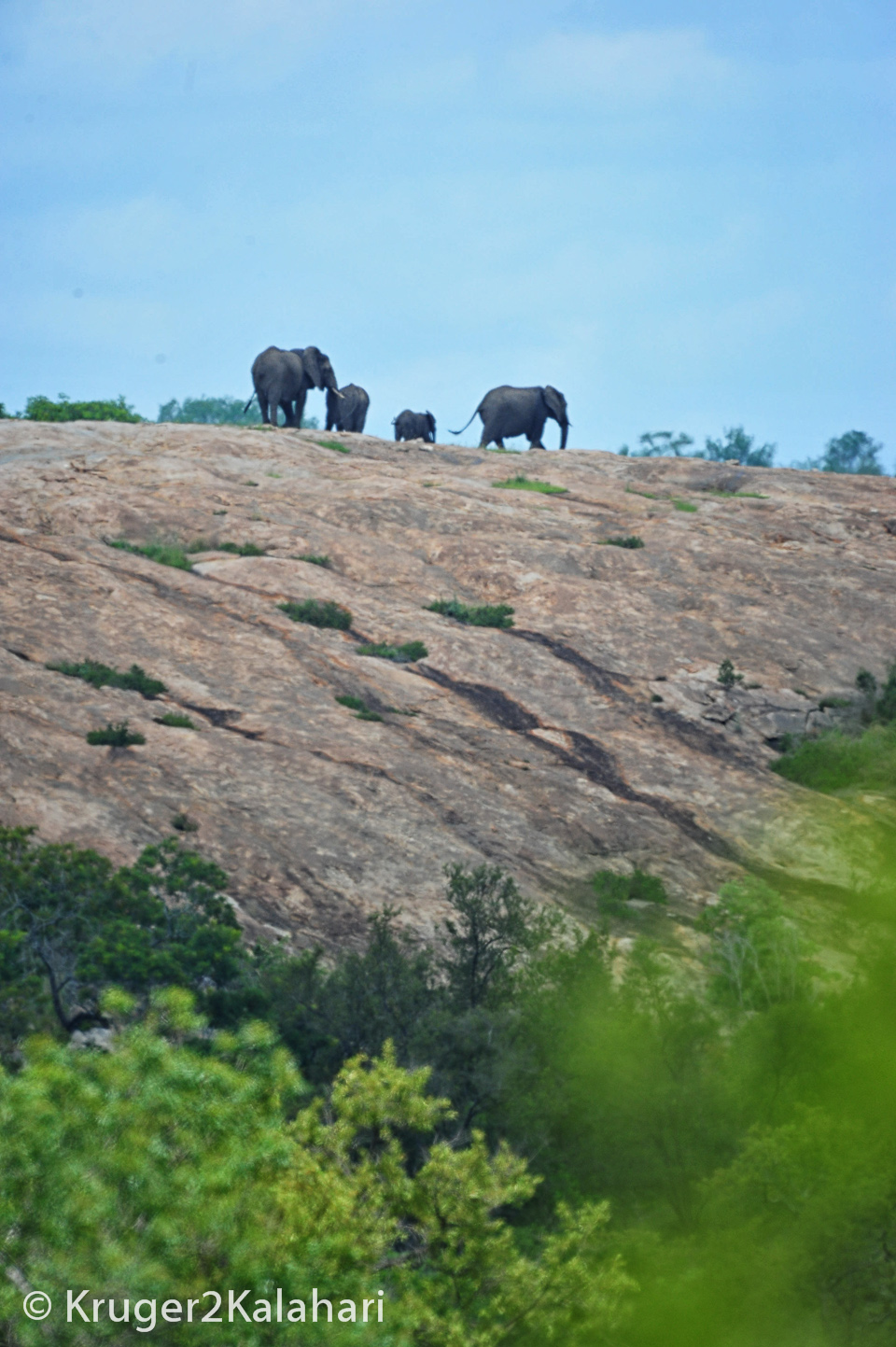
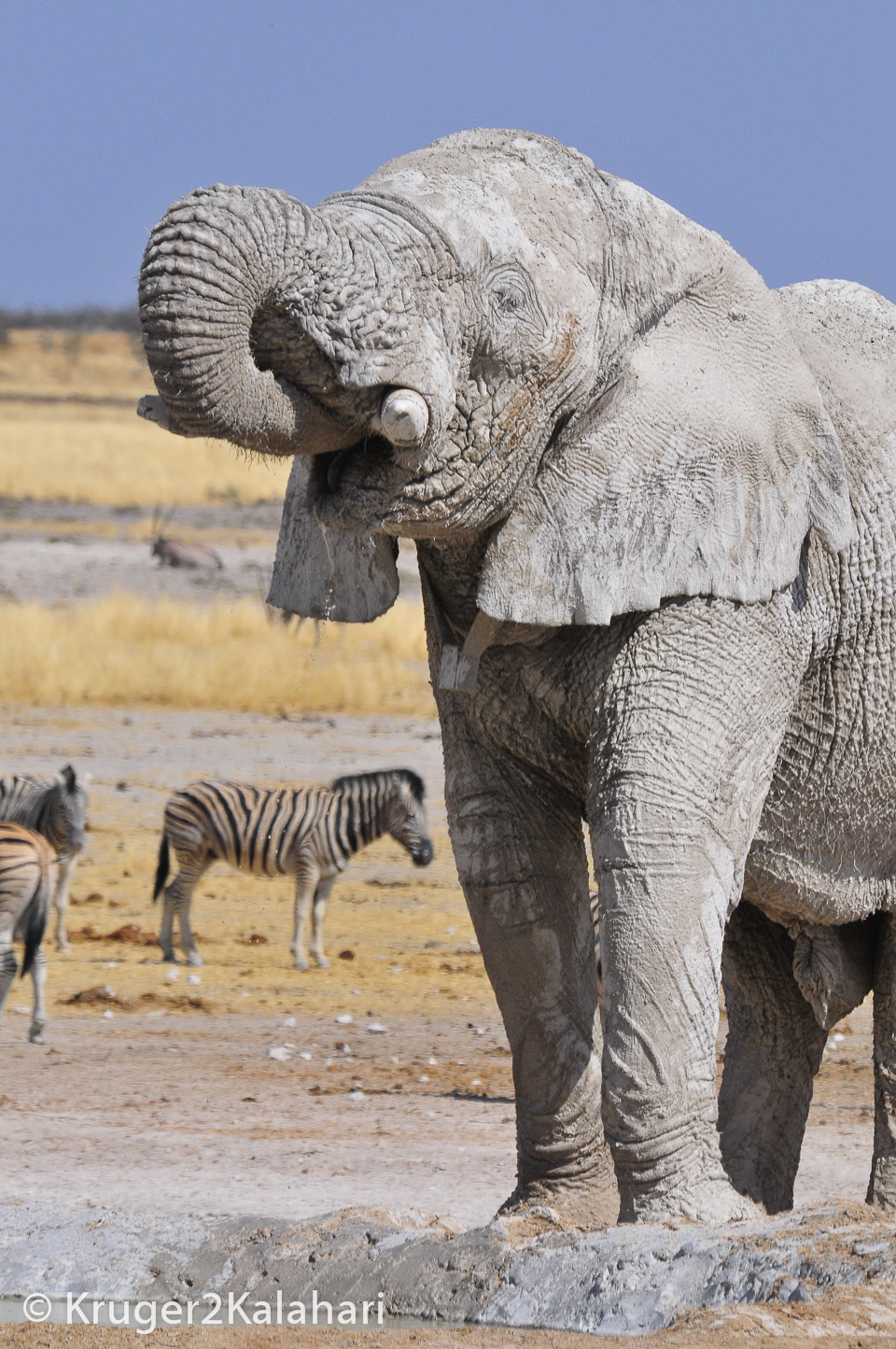
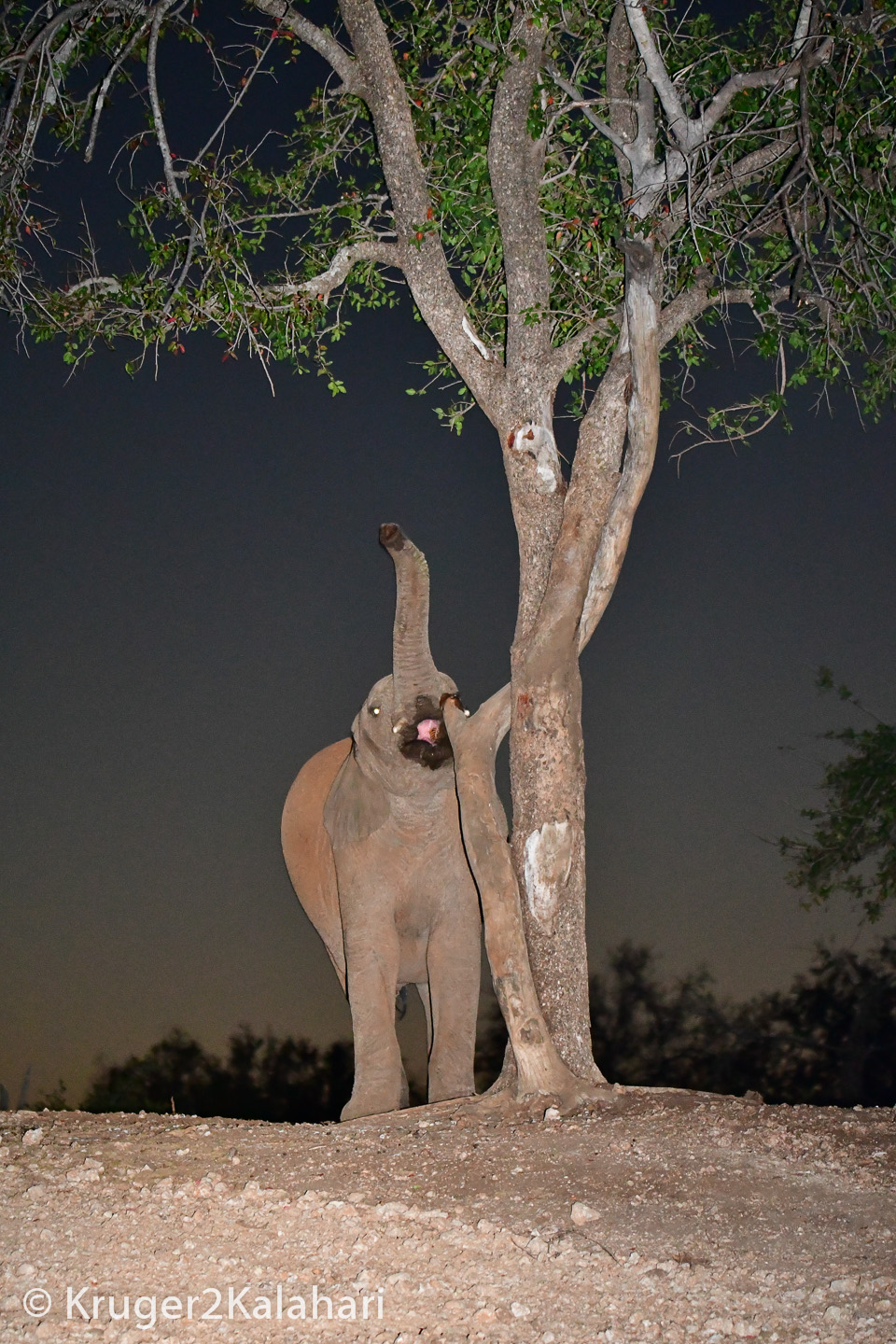
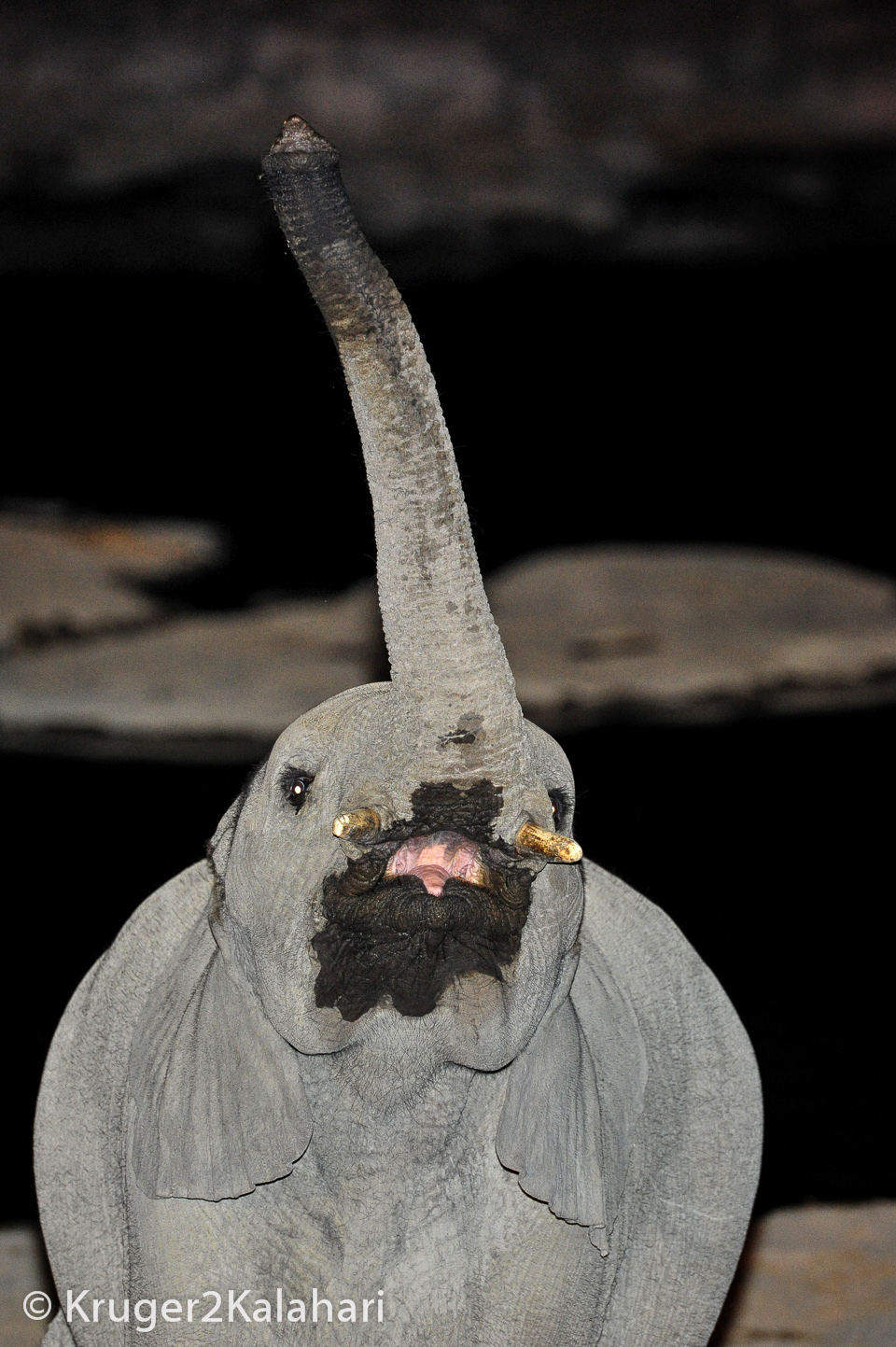
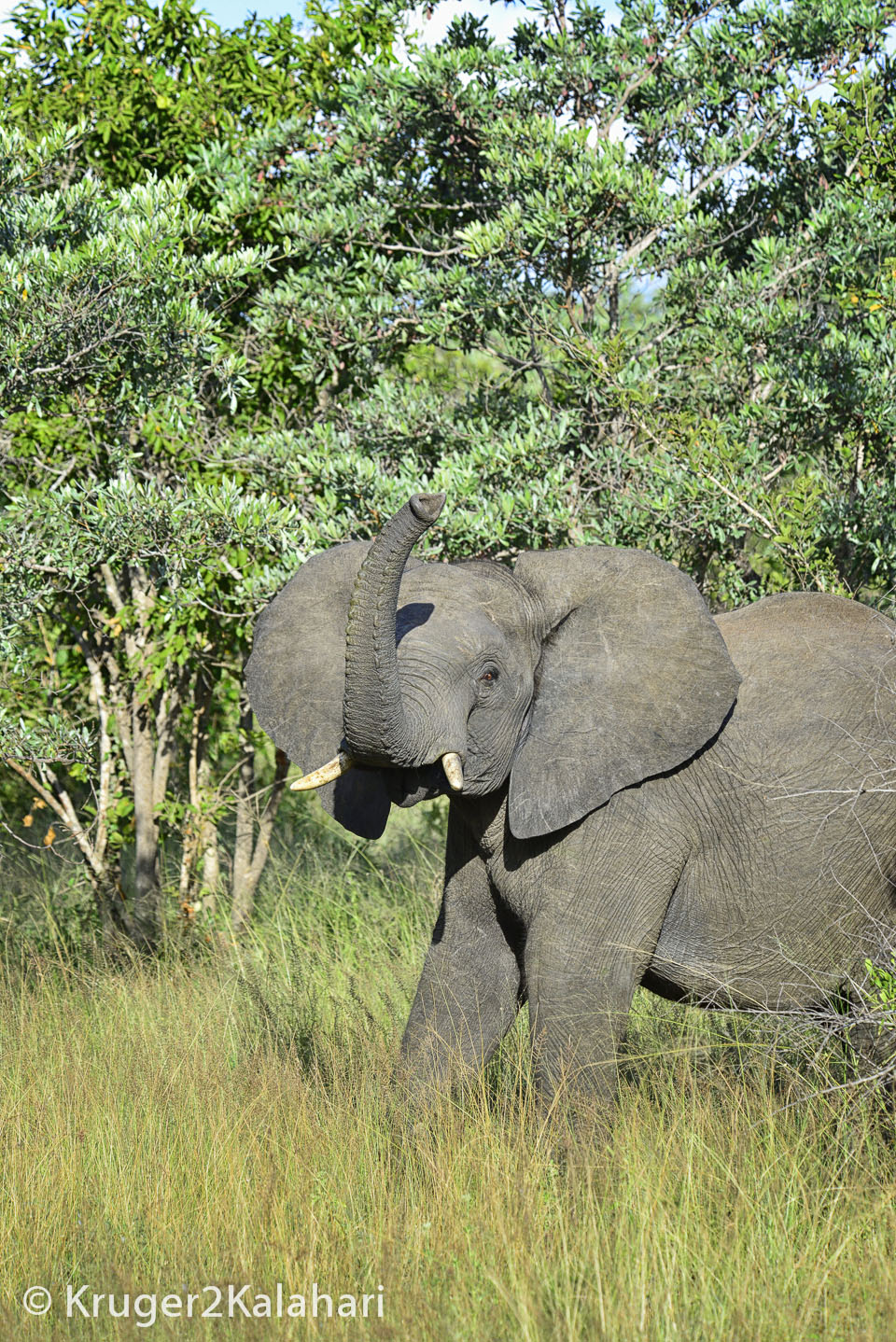









New! Comments
Have your say about what you just read! Please leave us a comment in the box below.